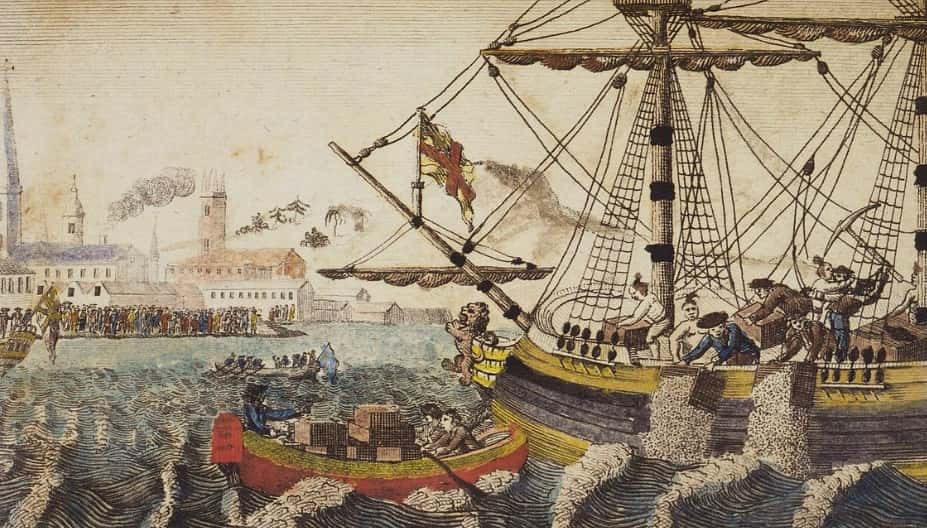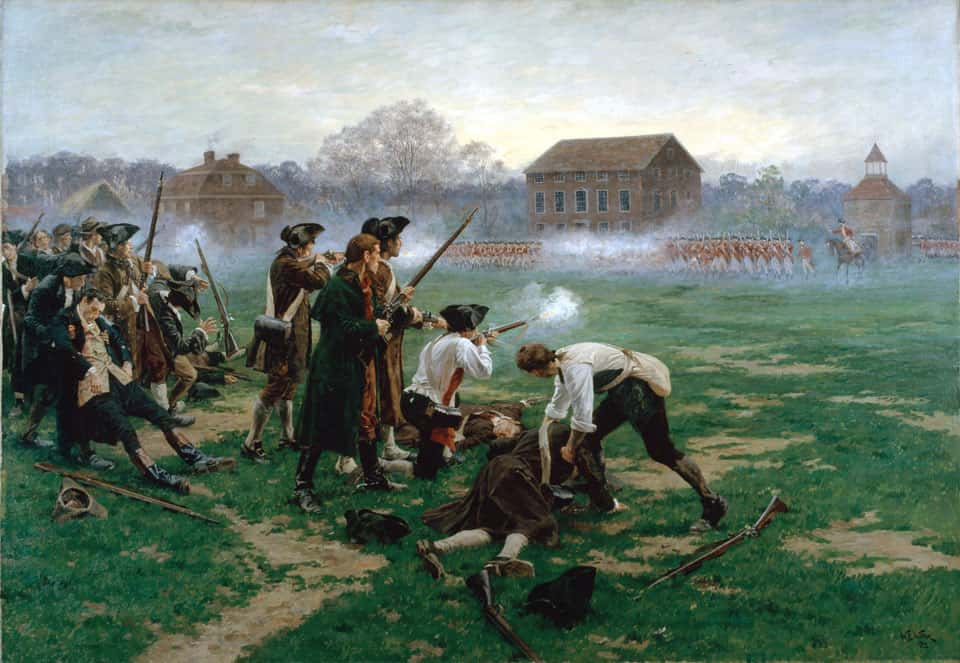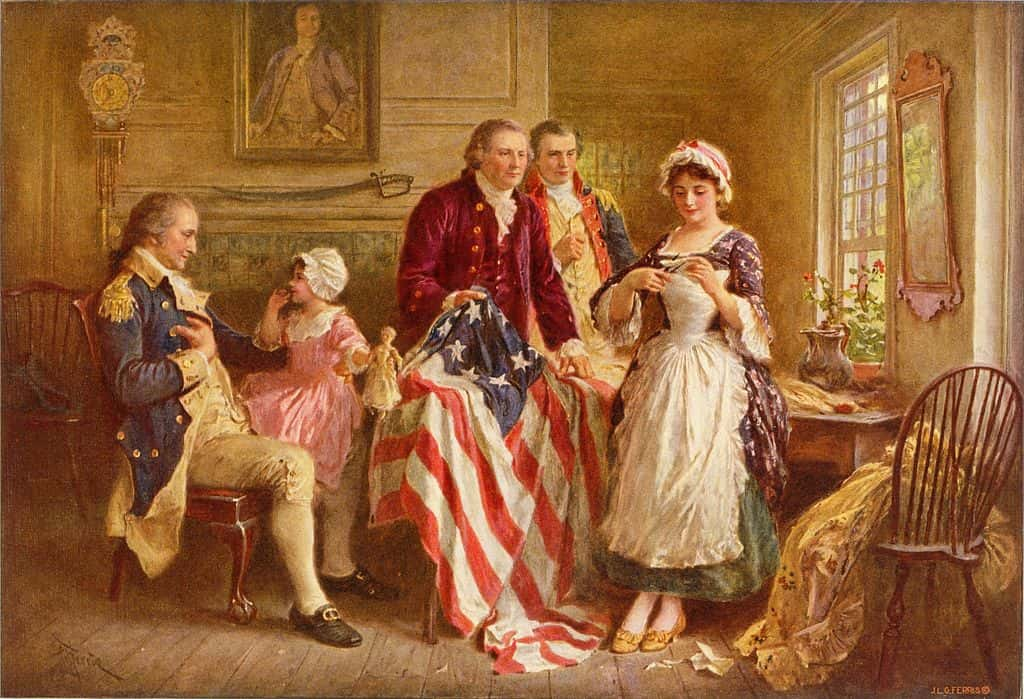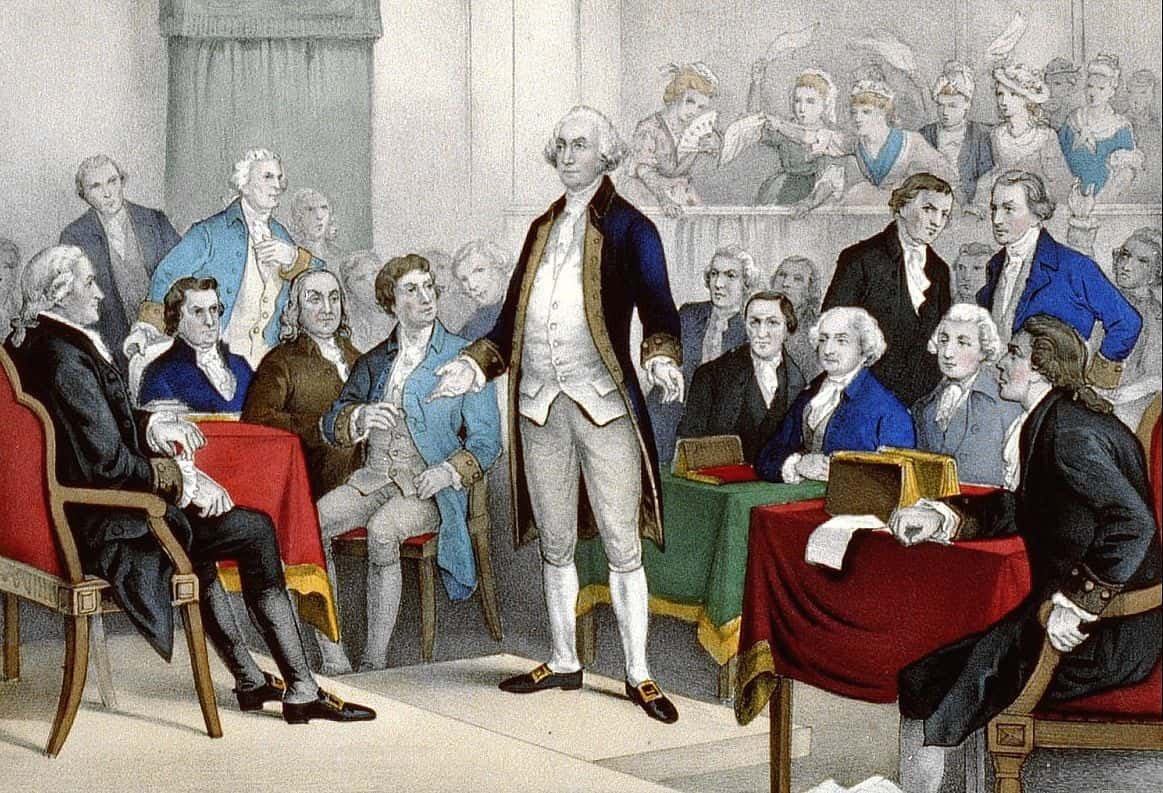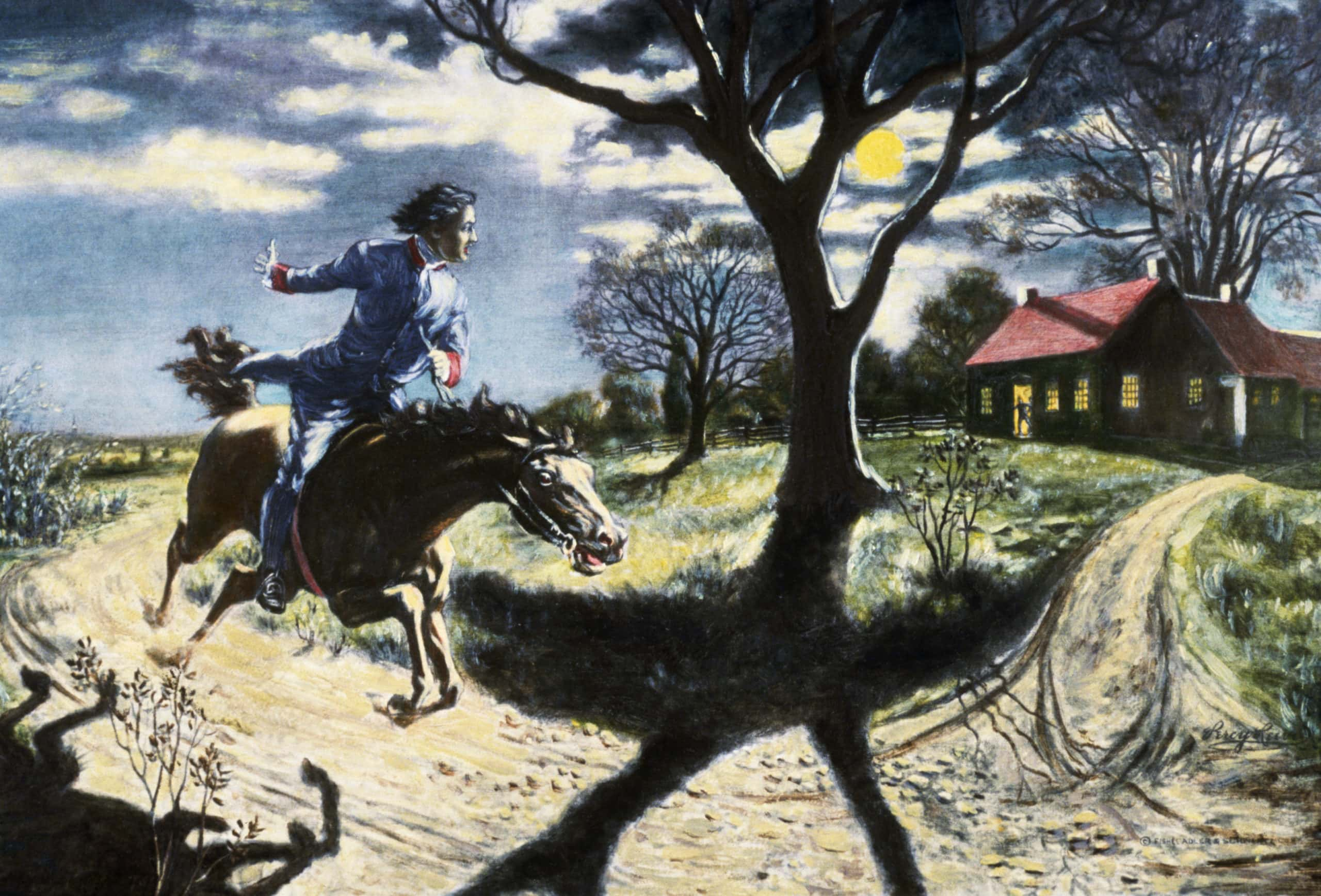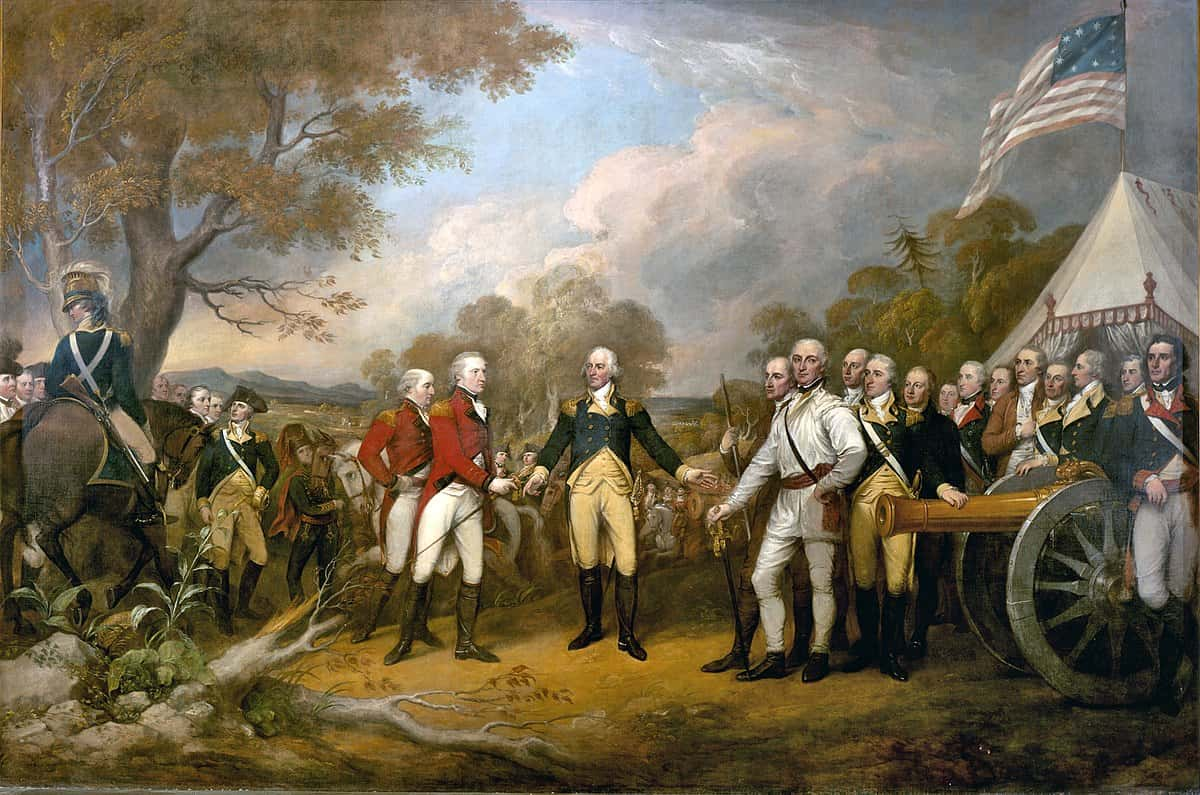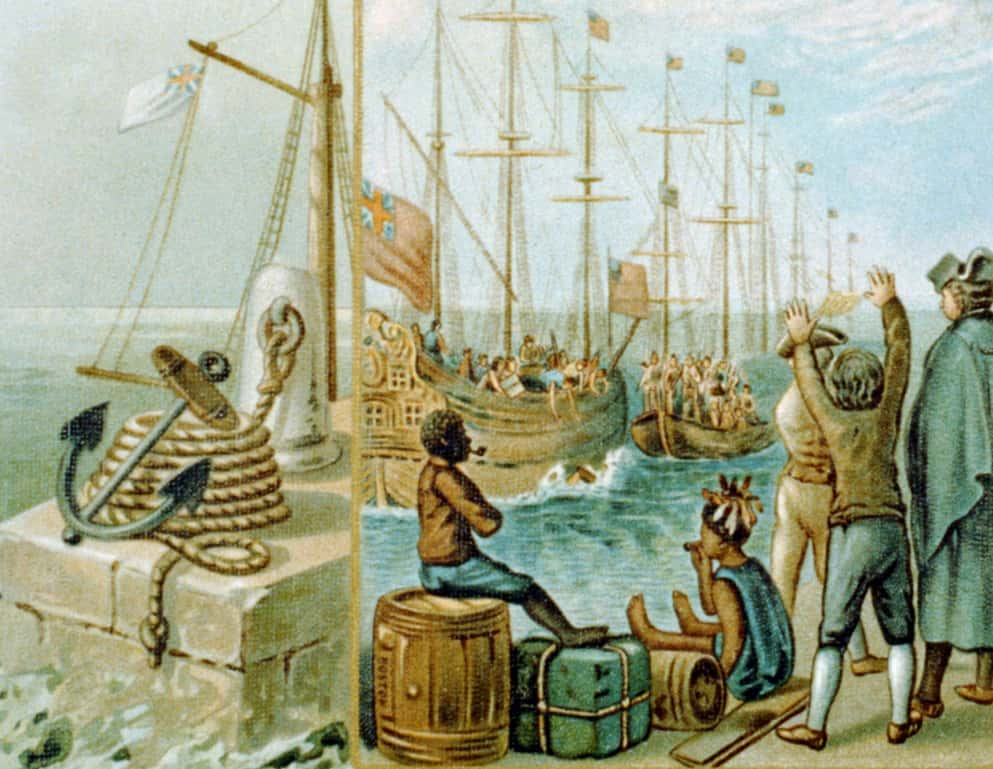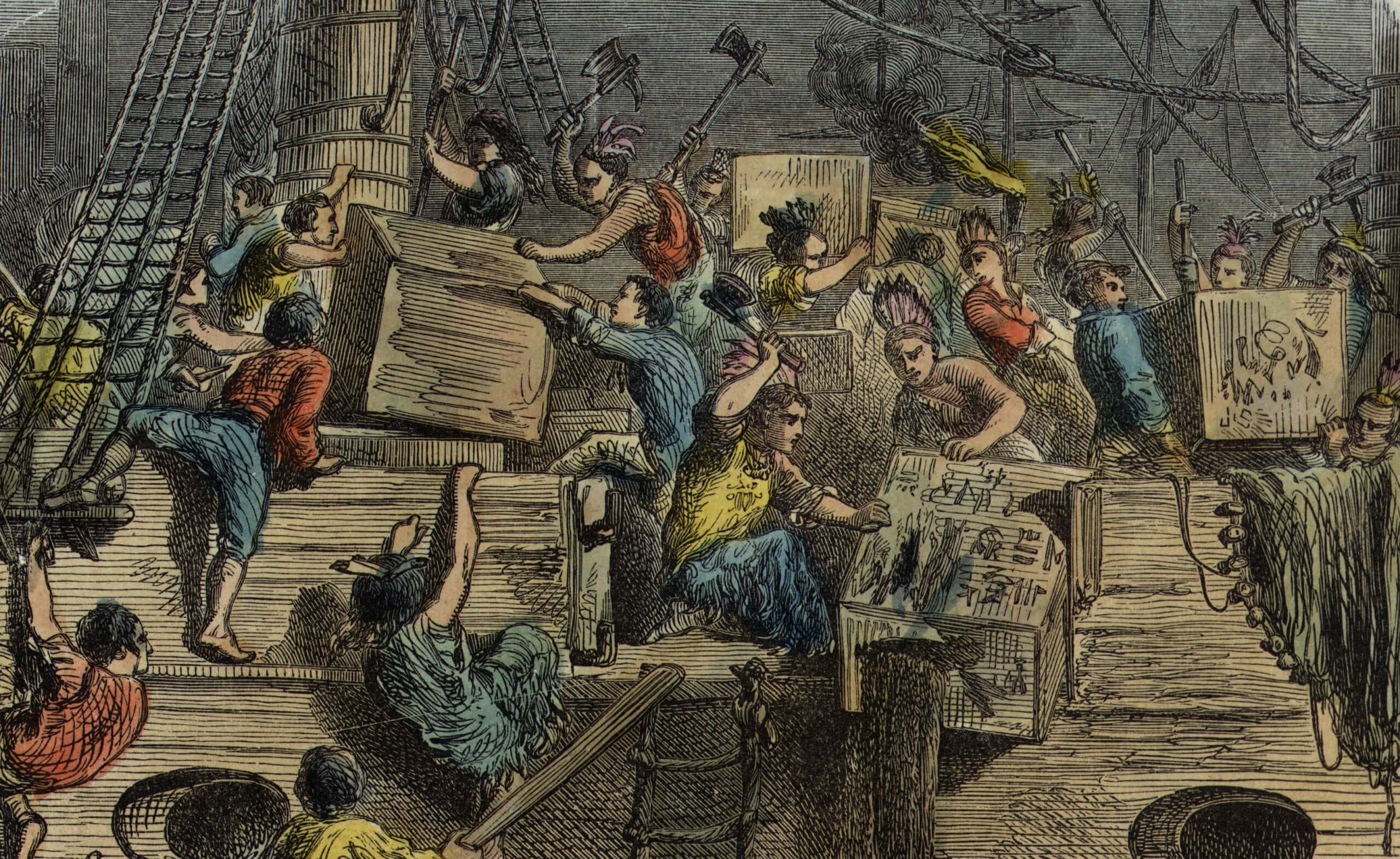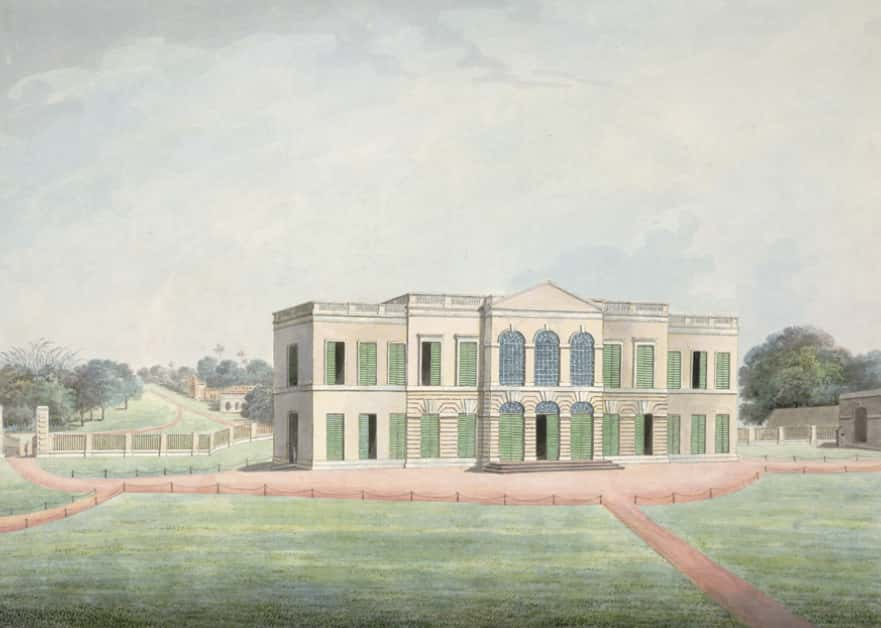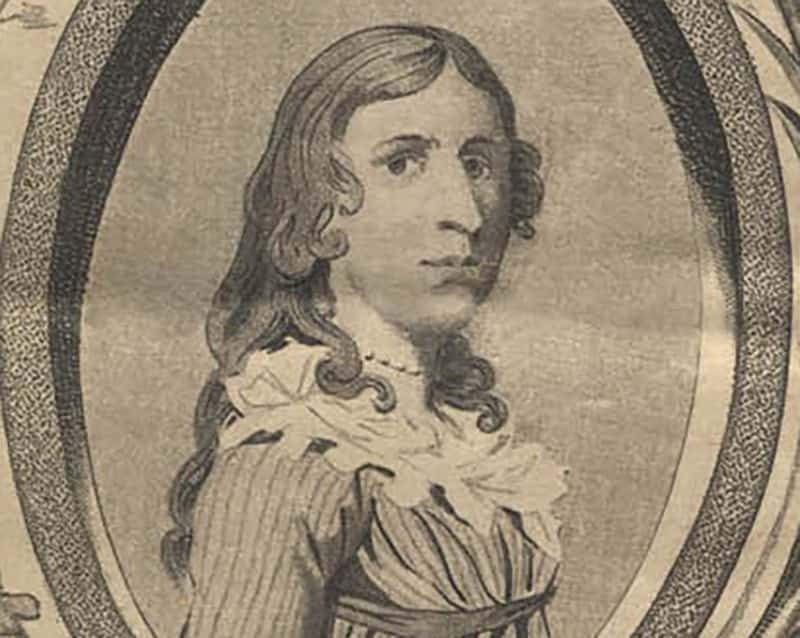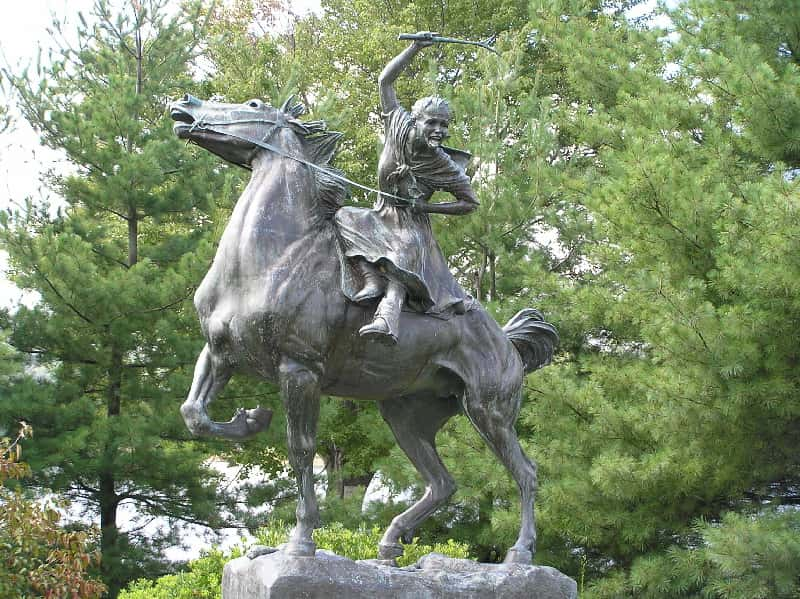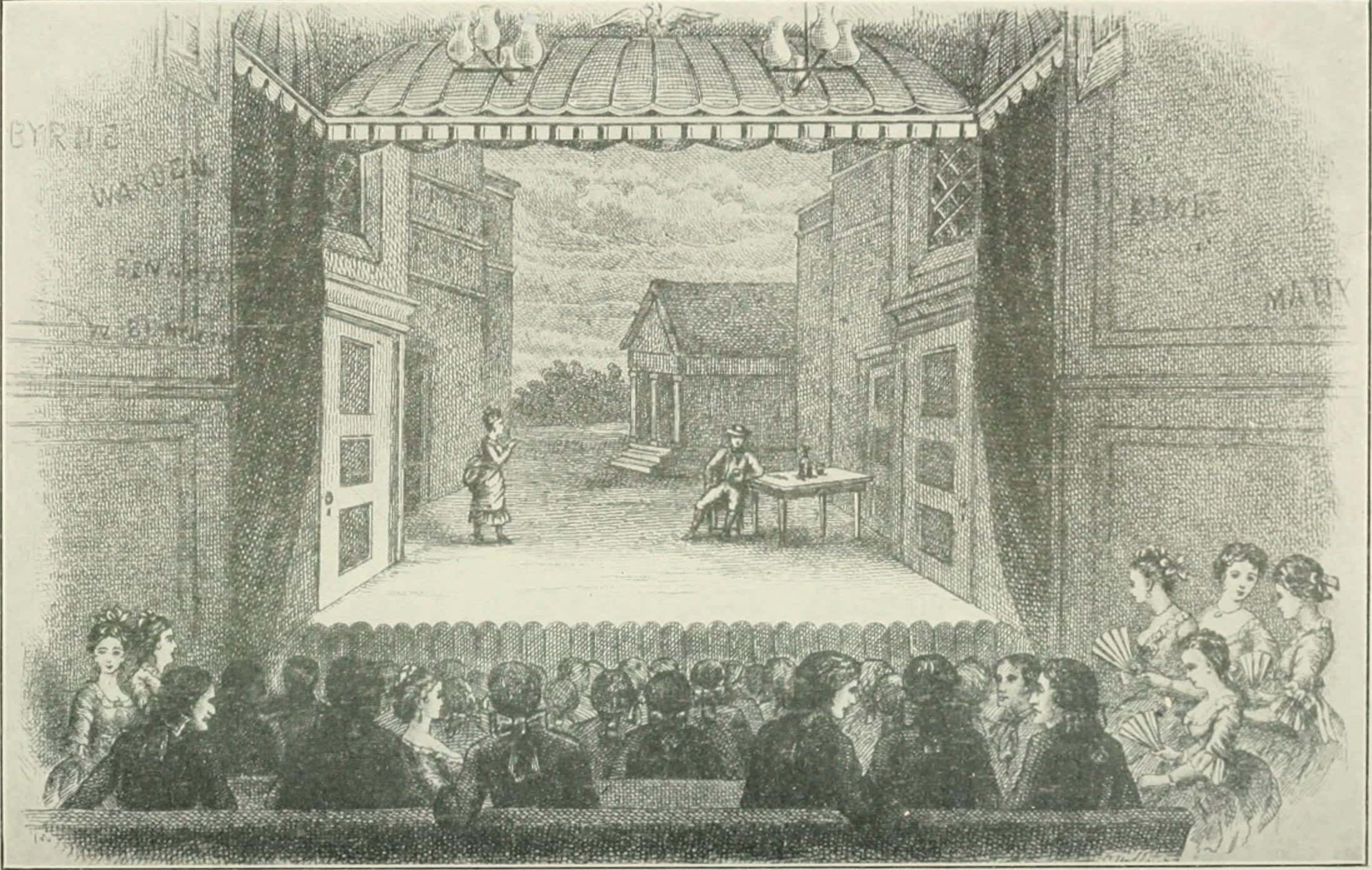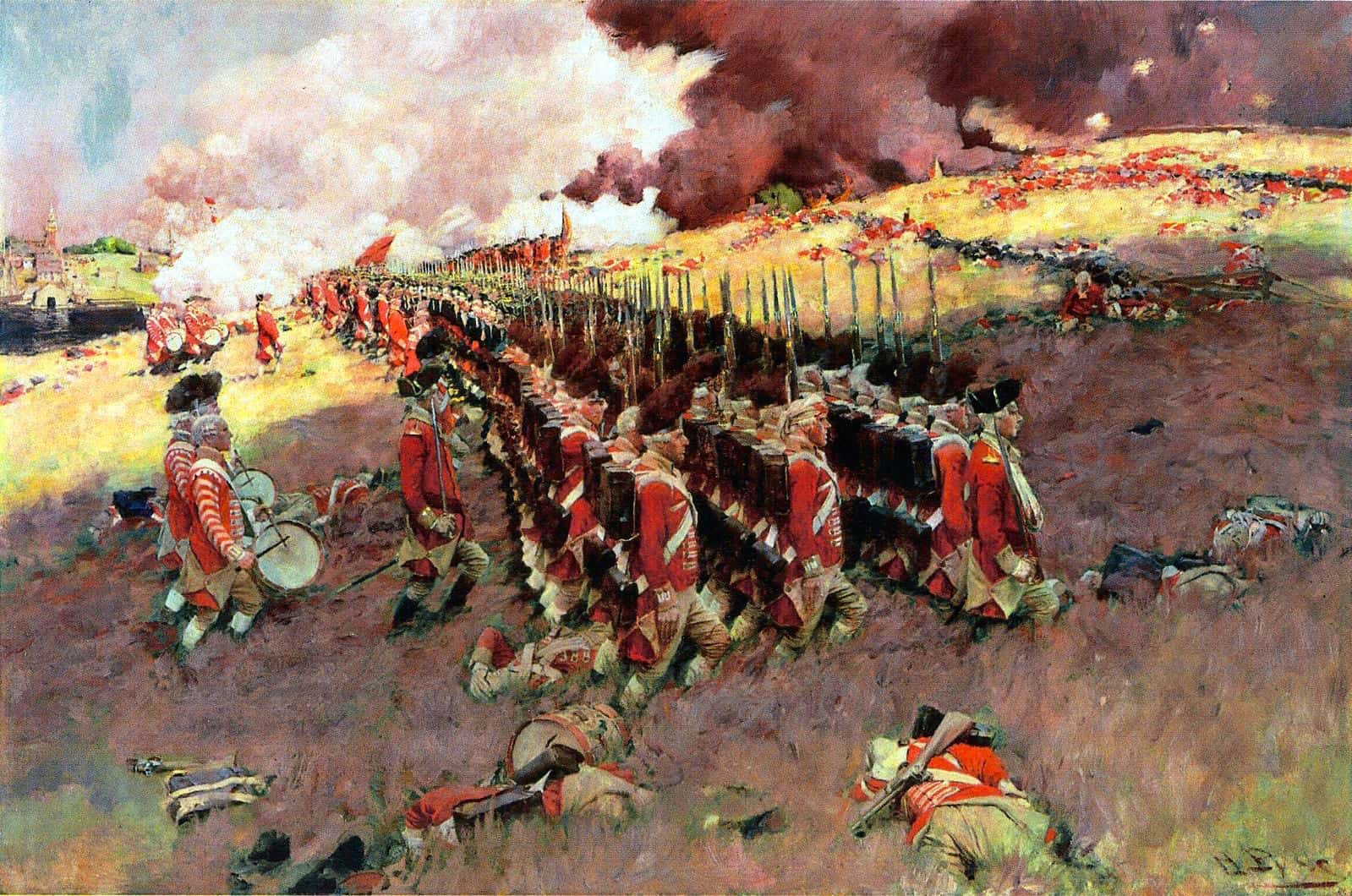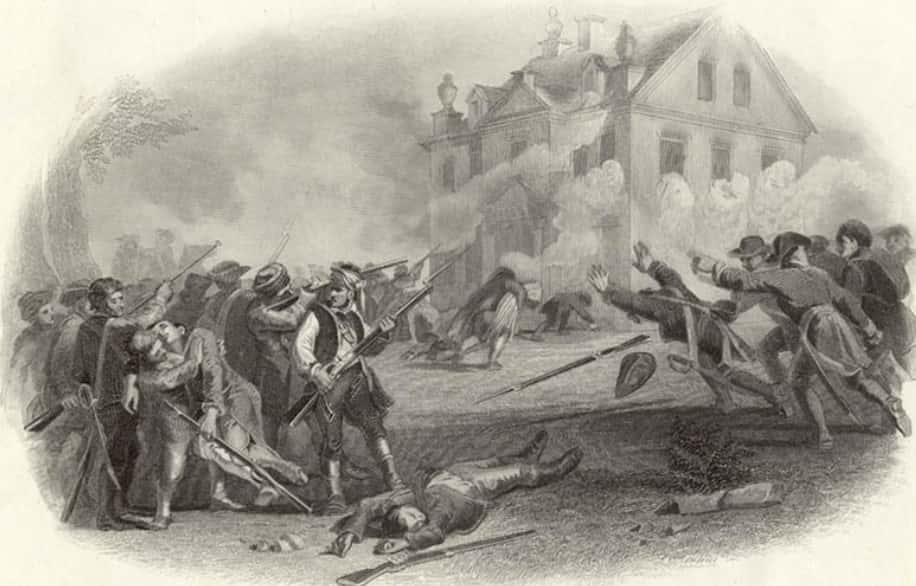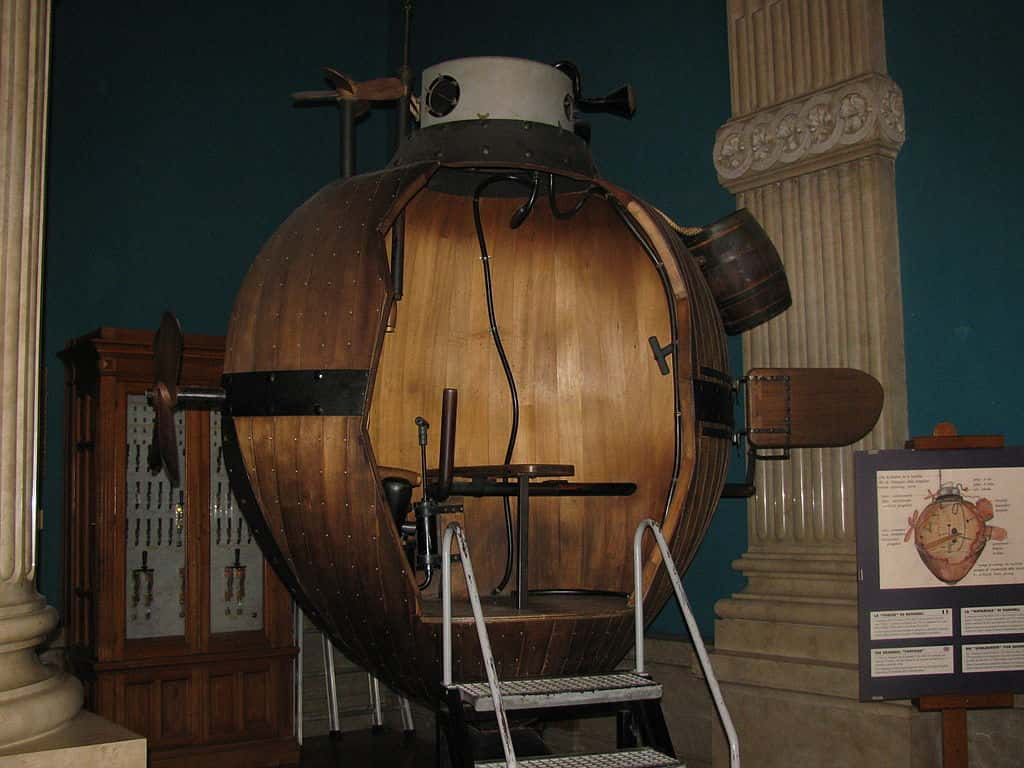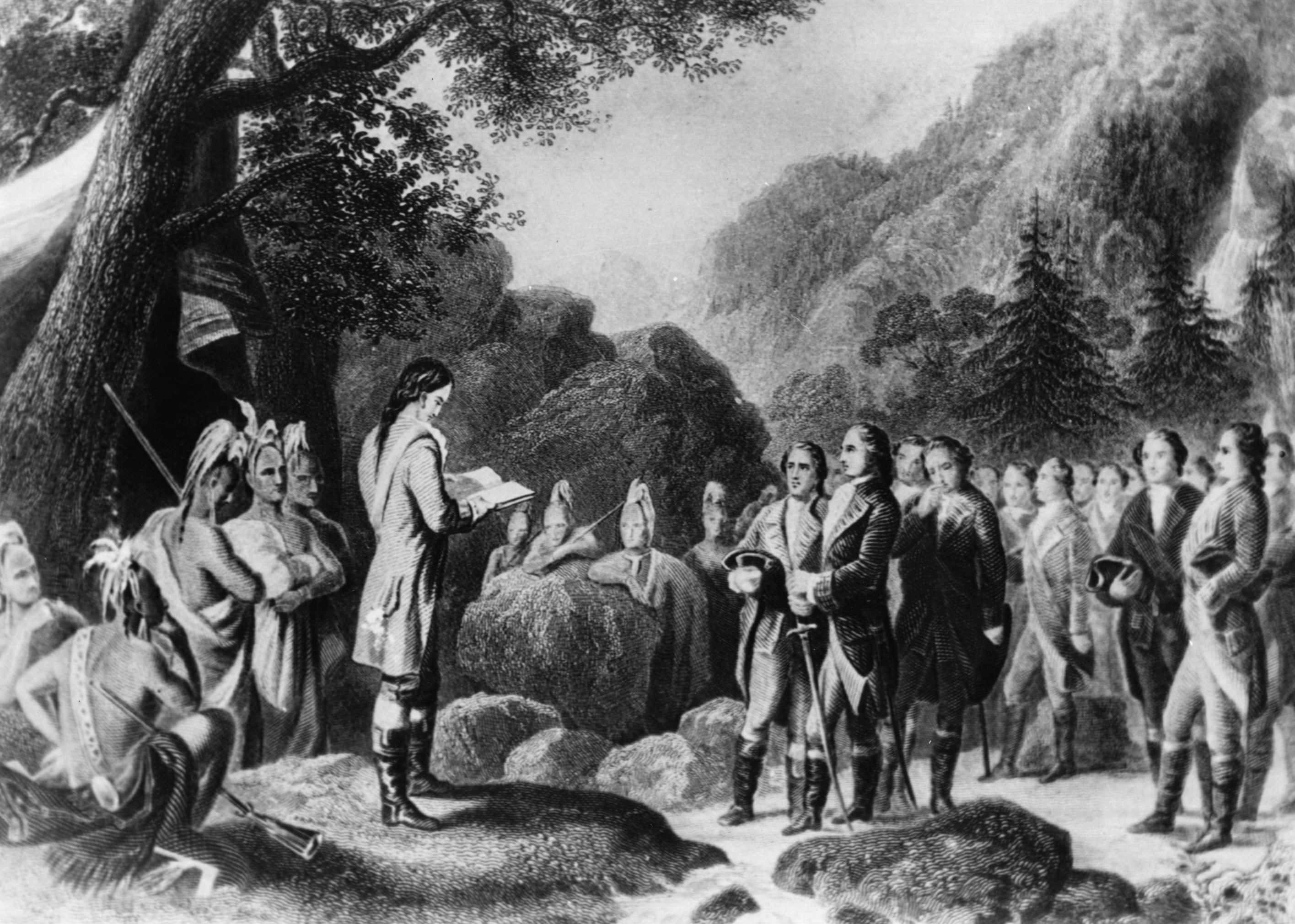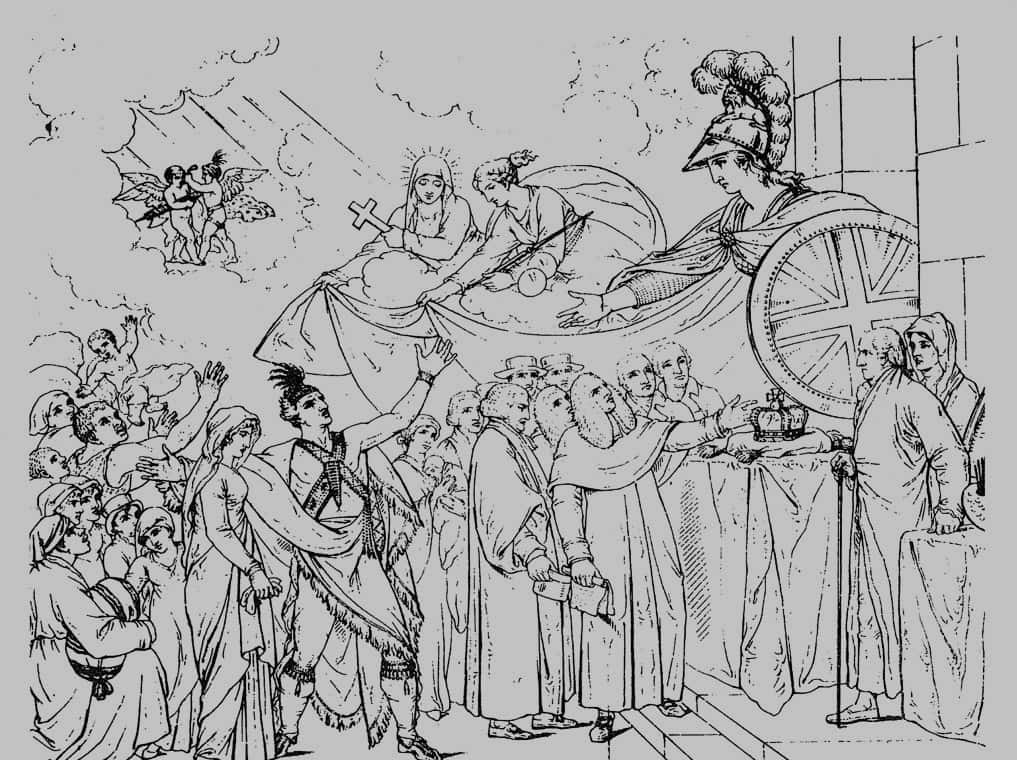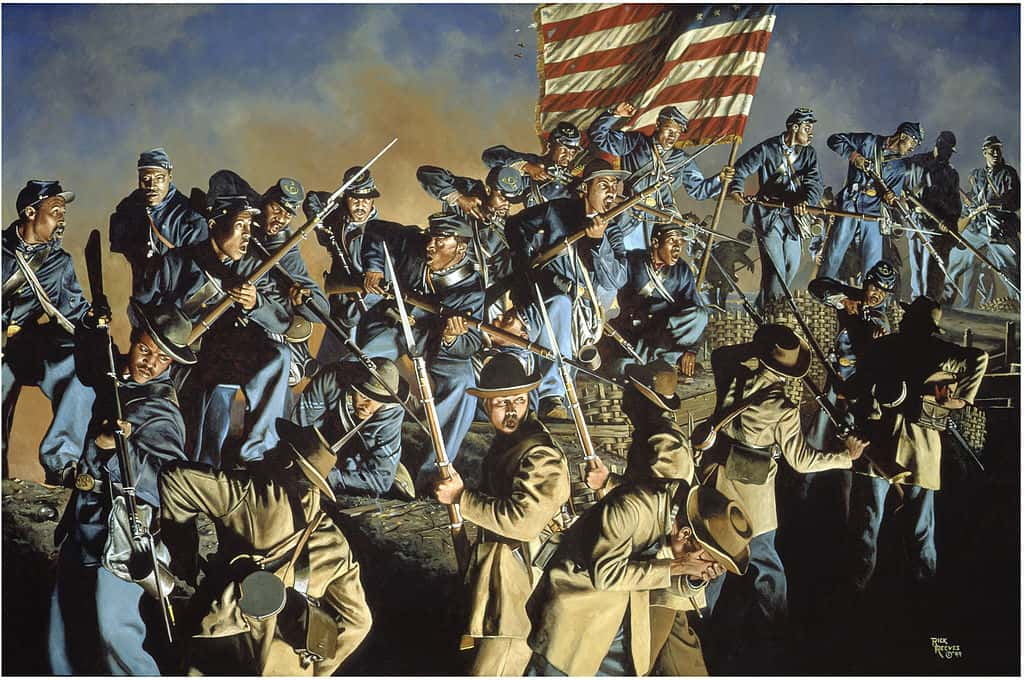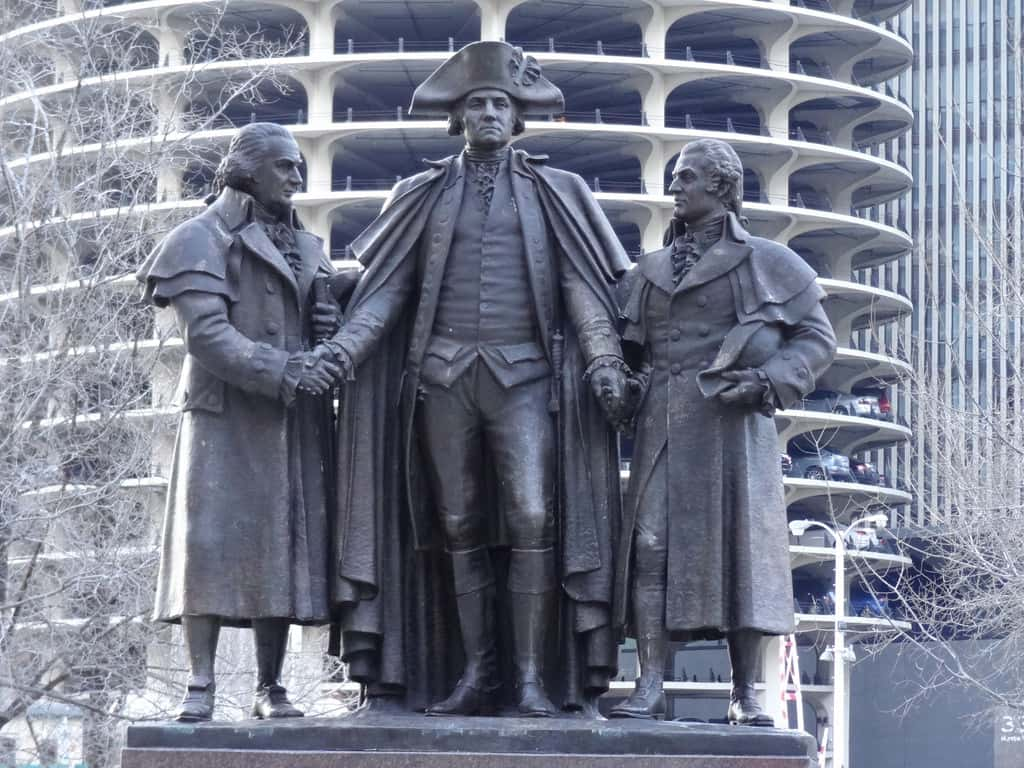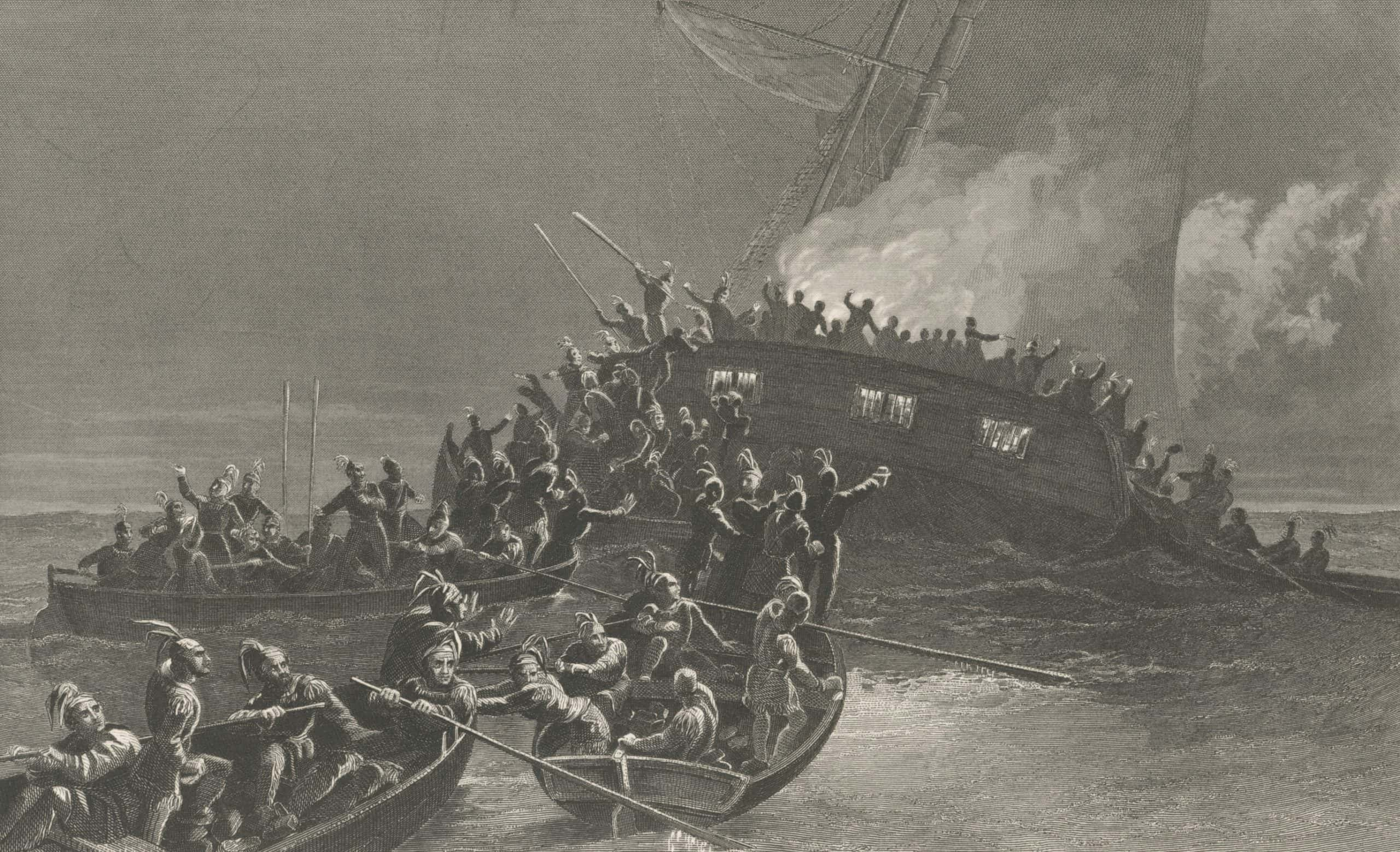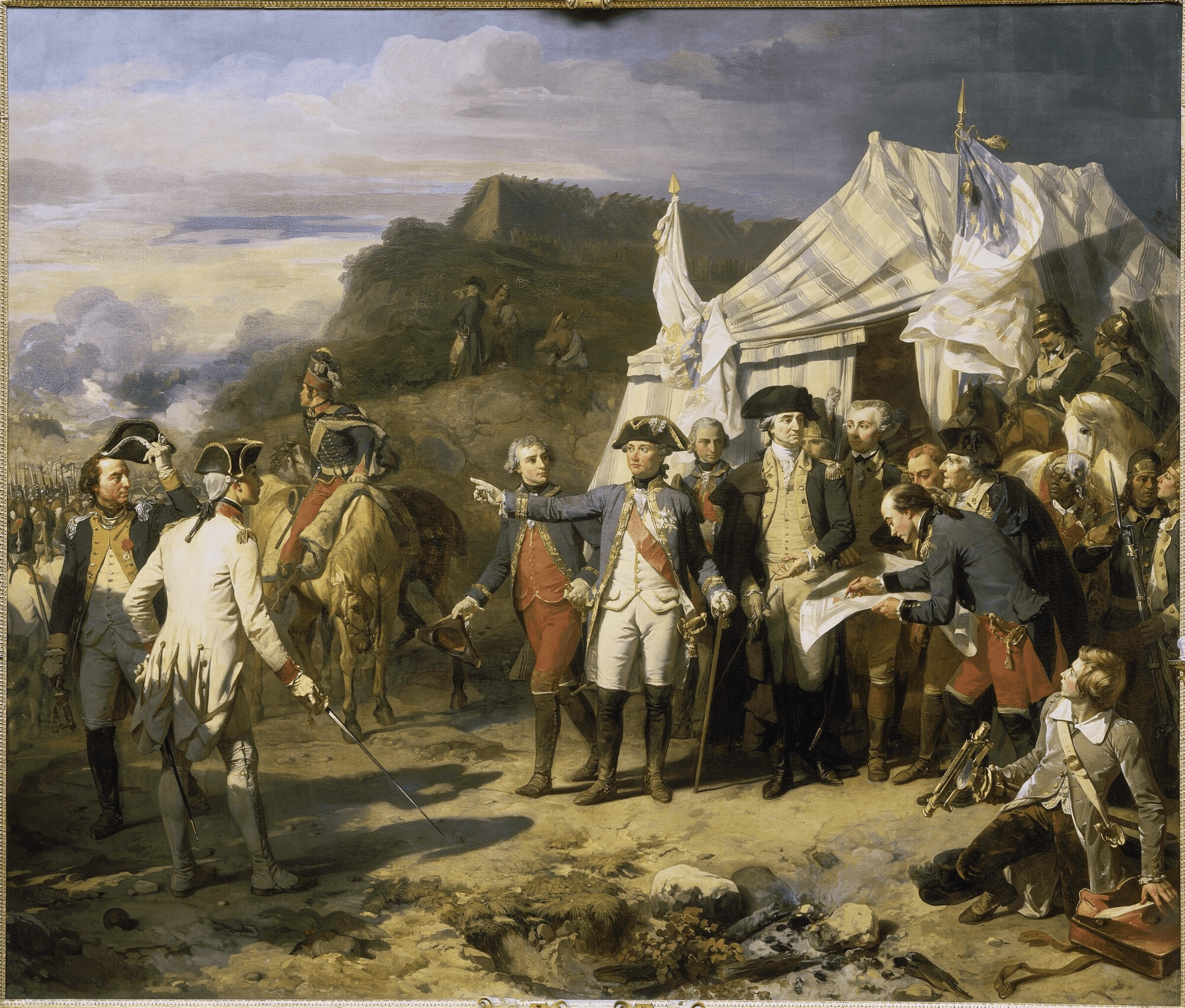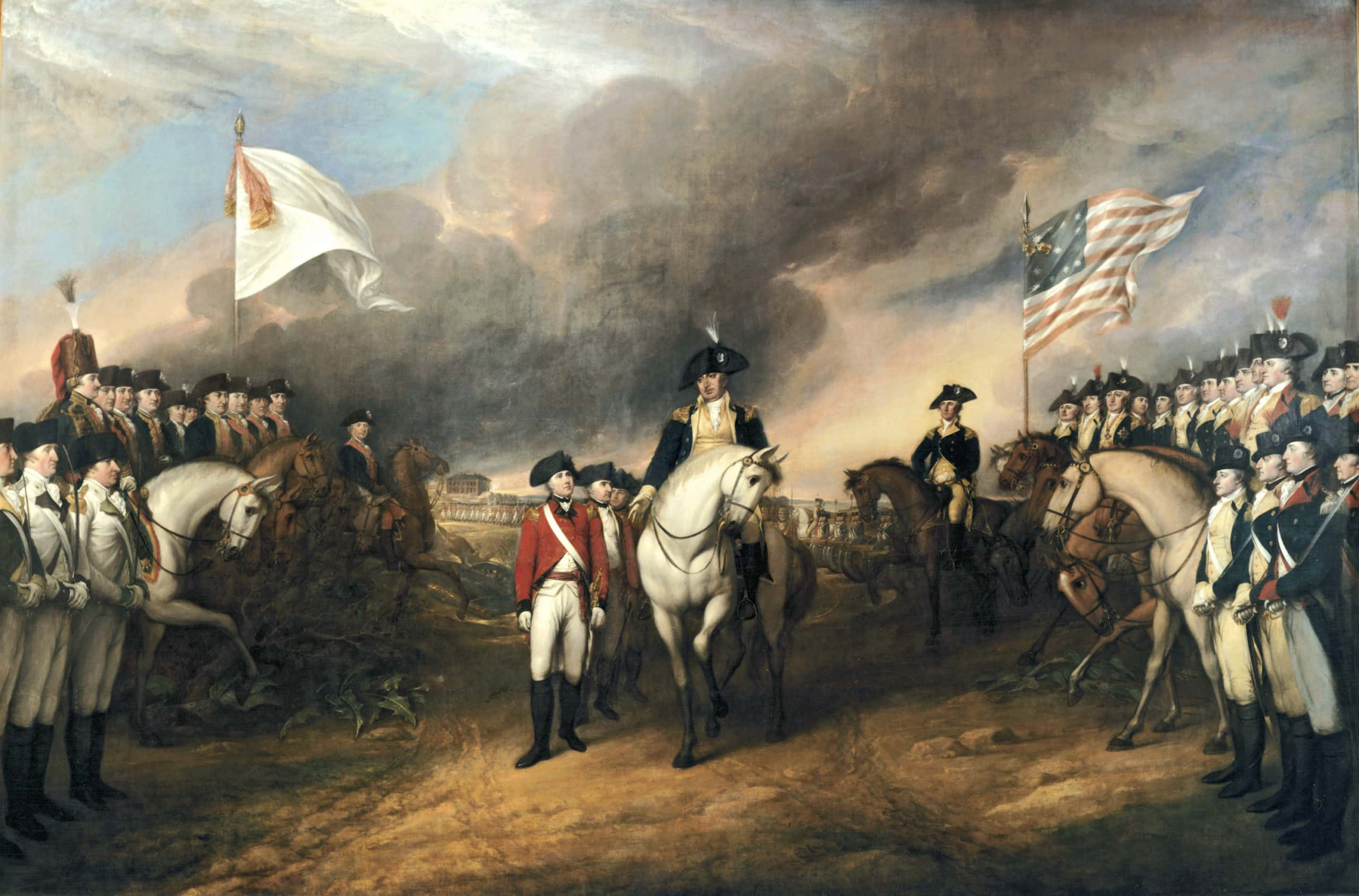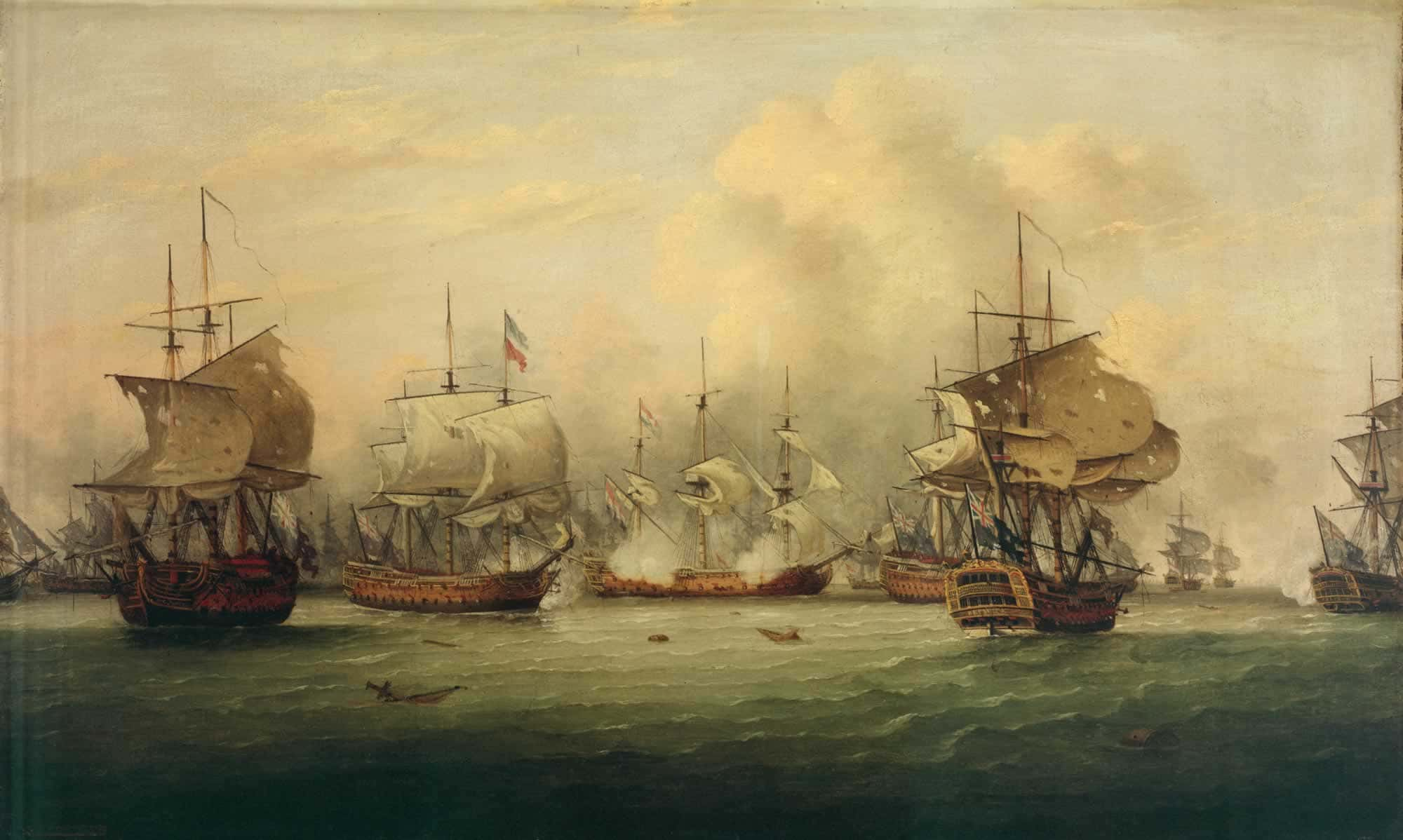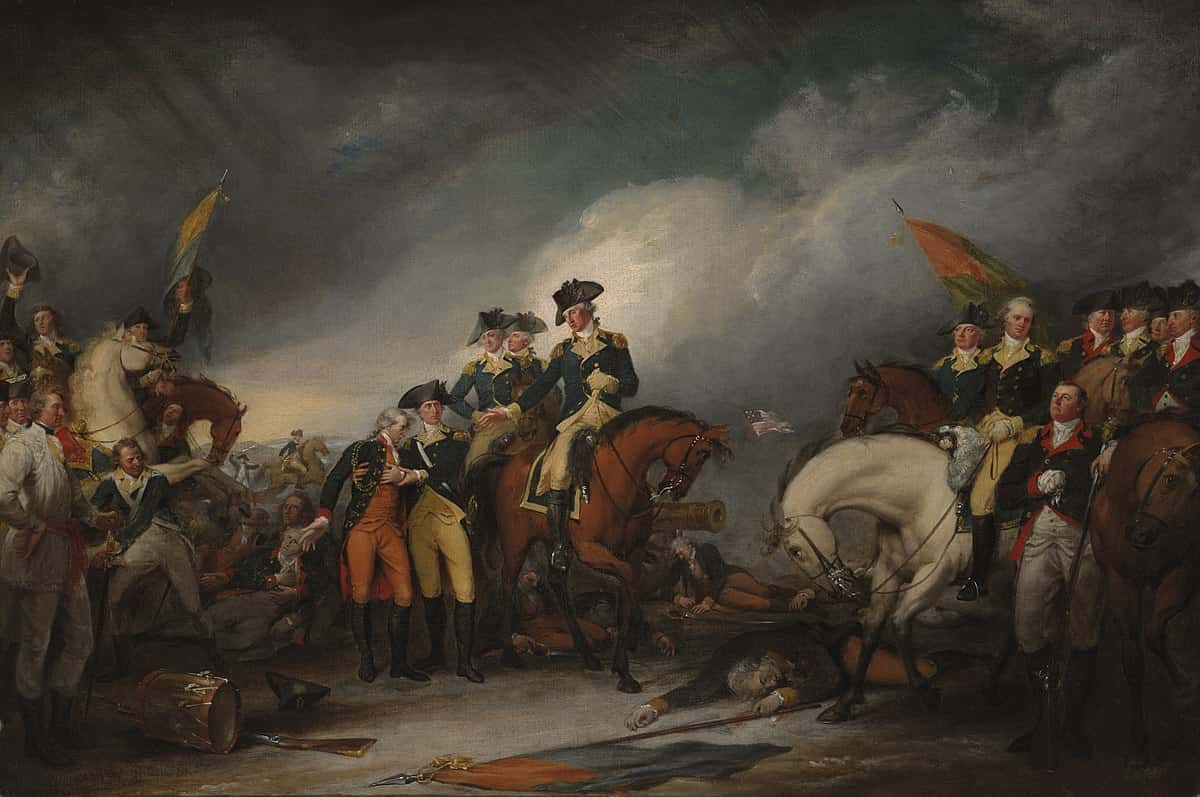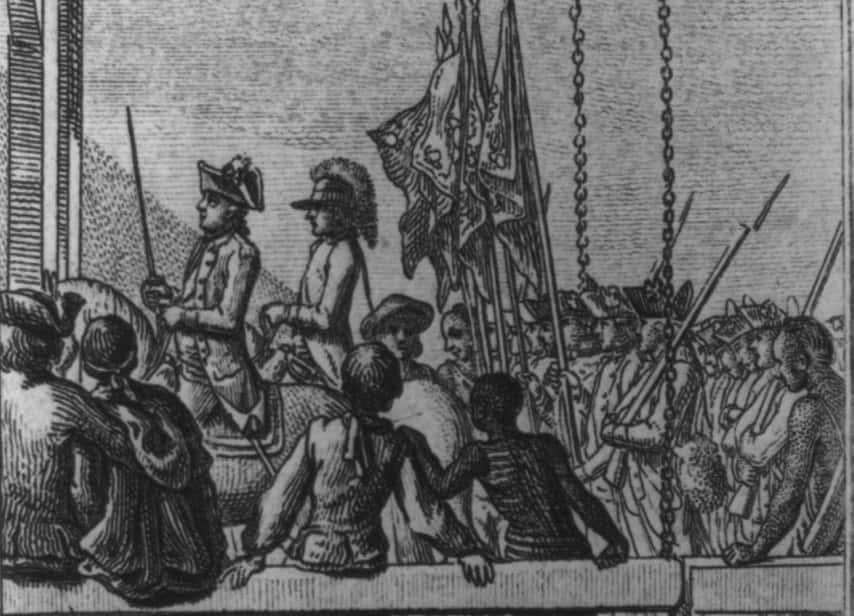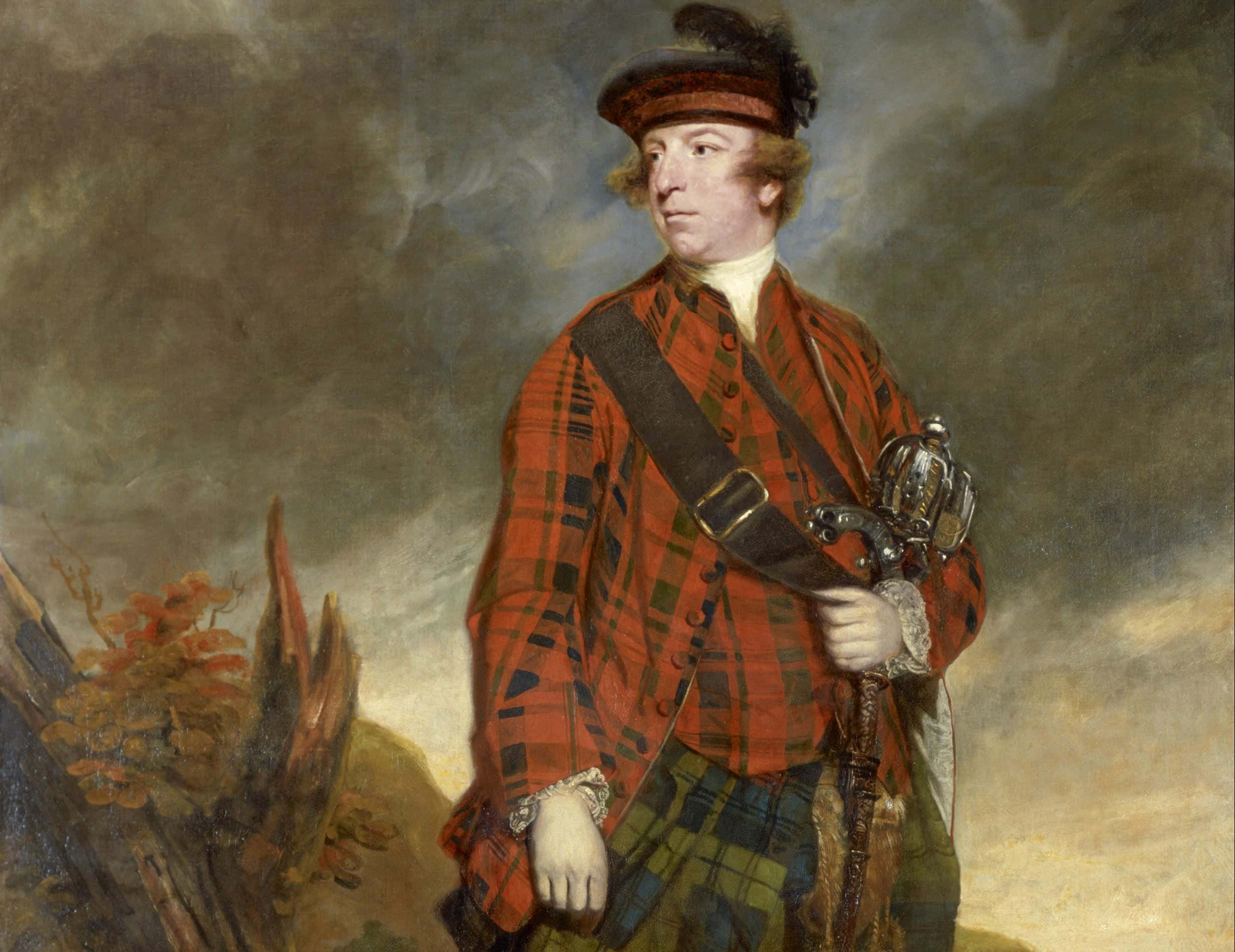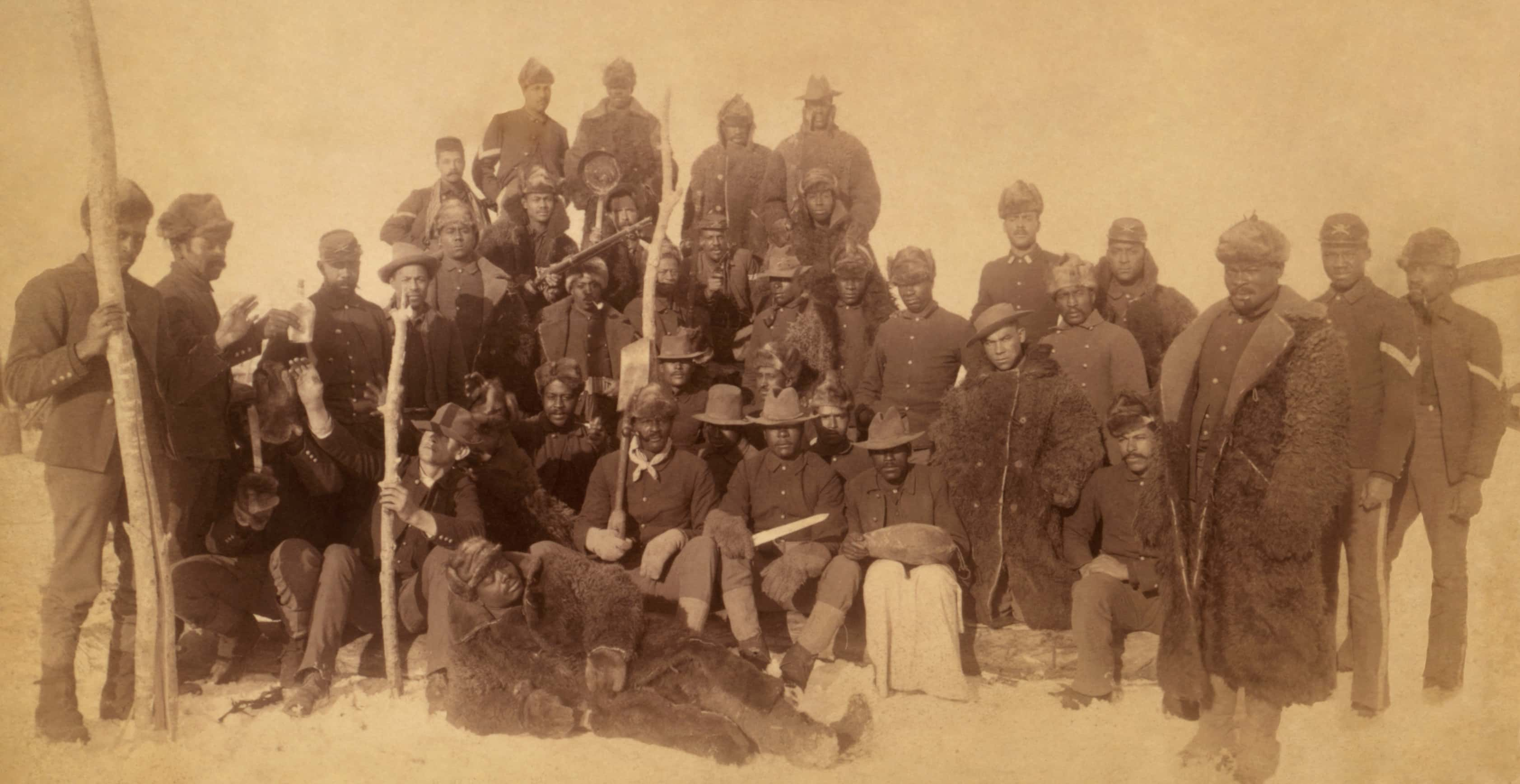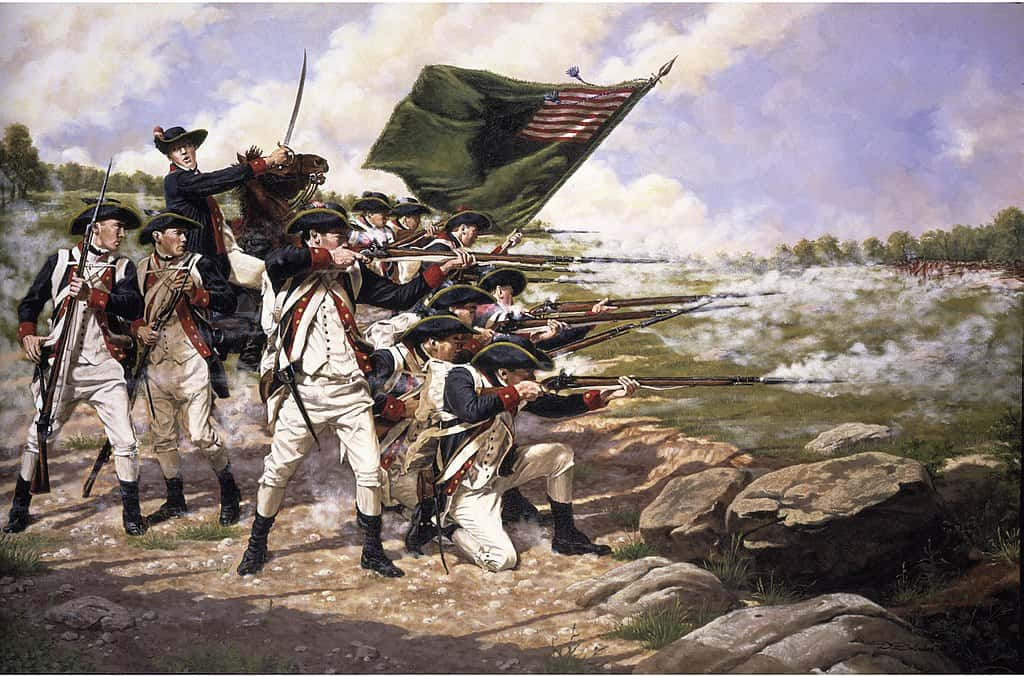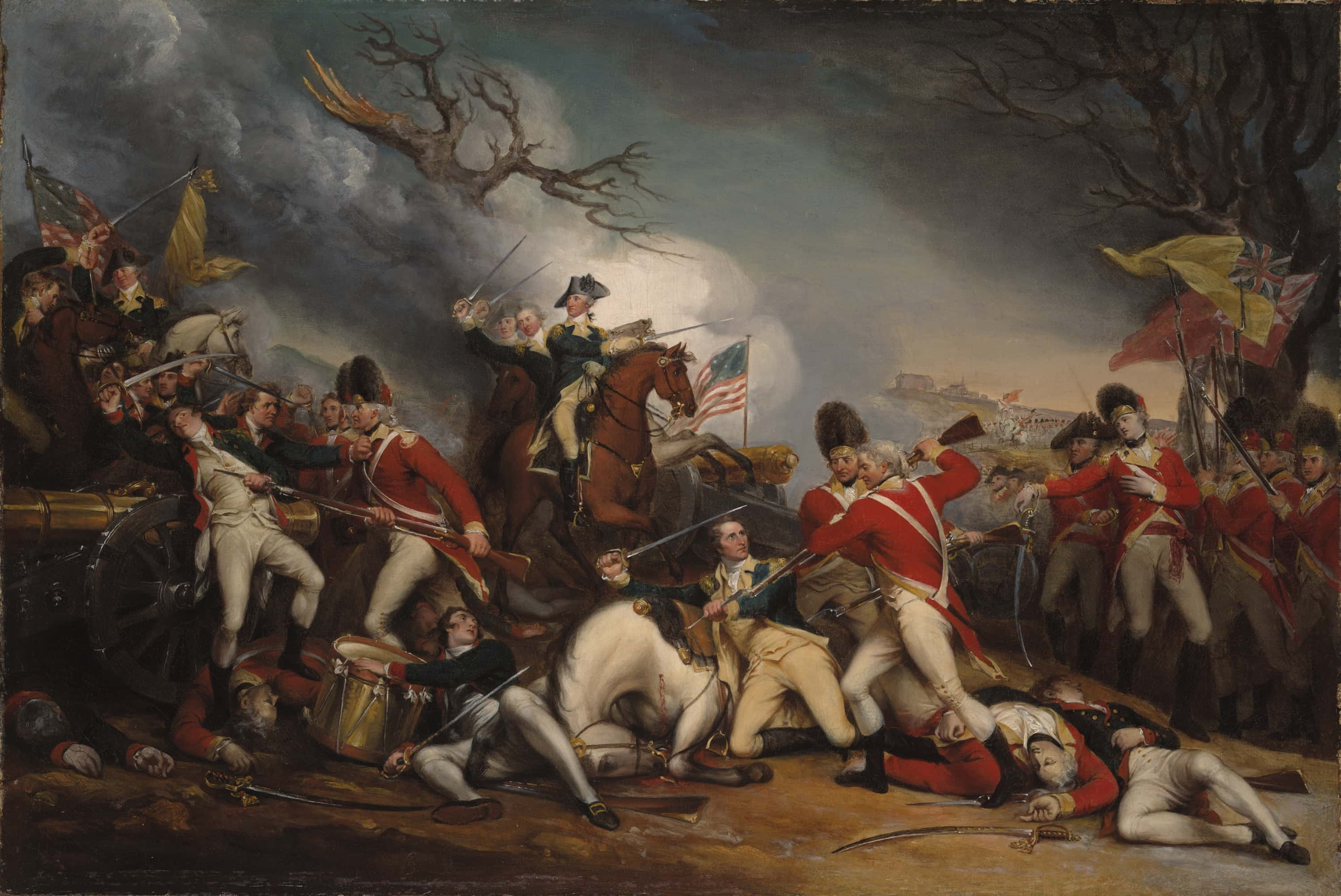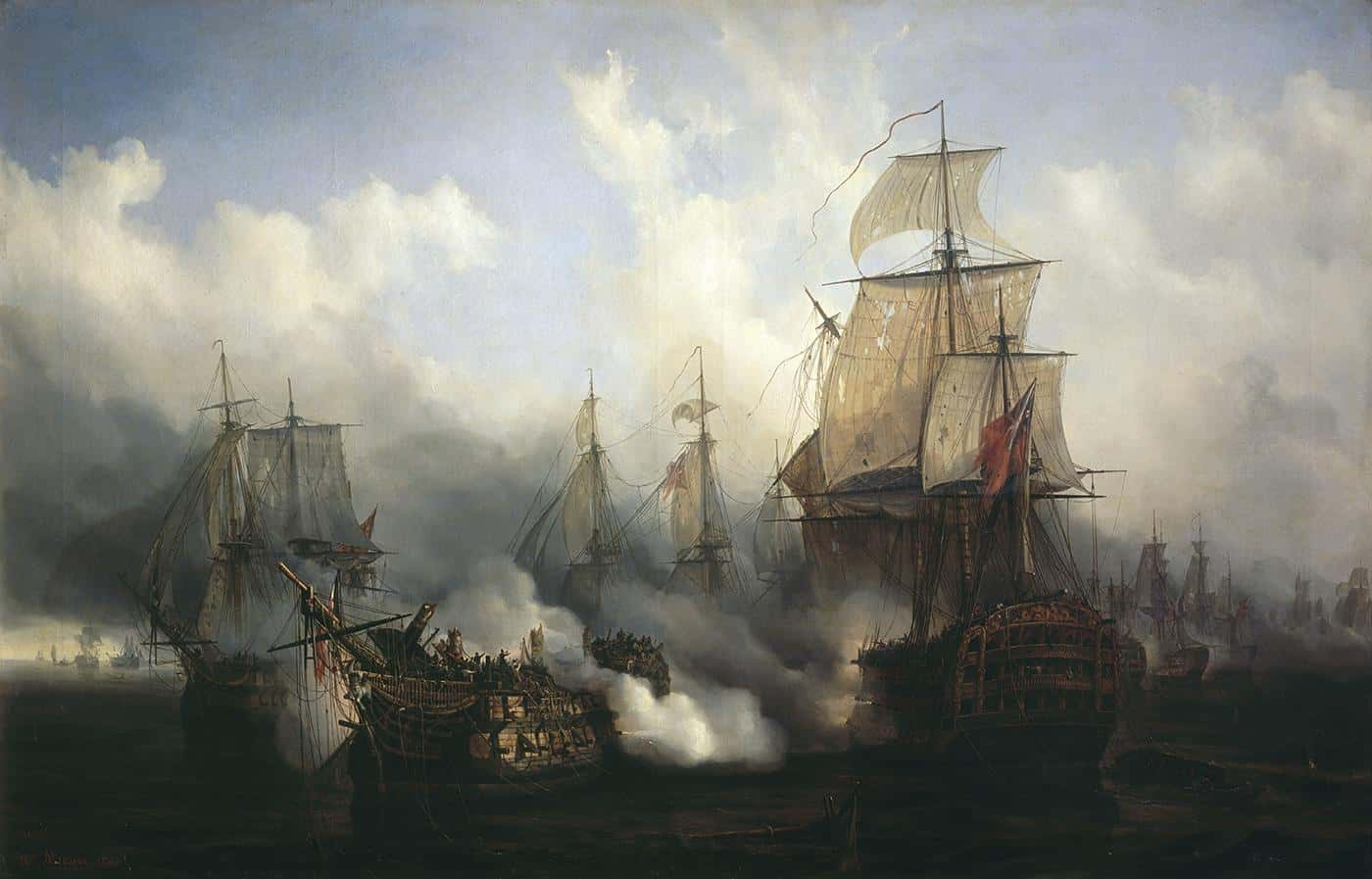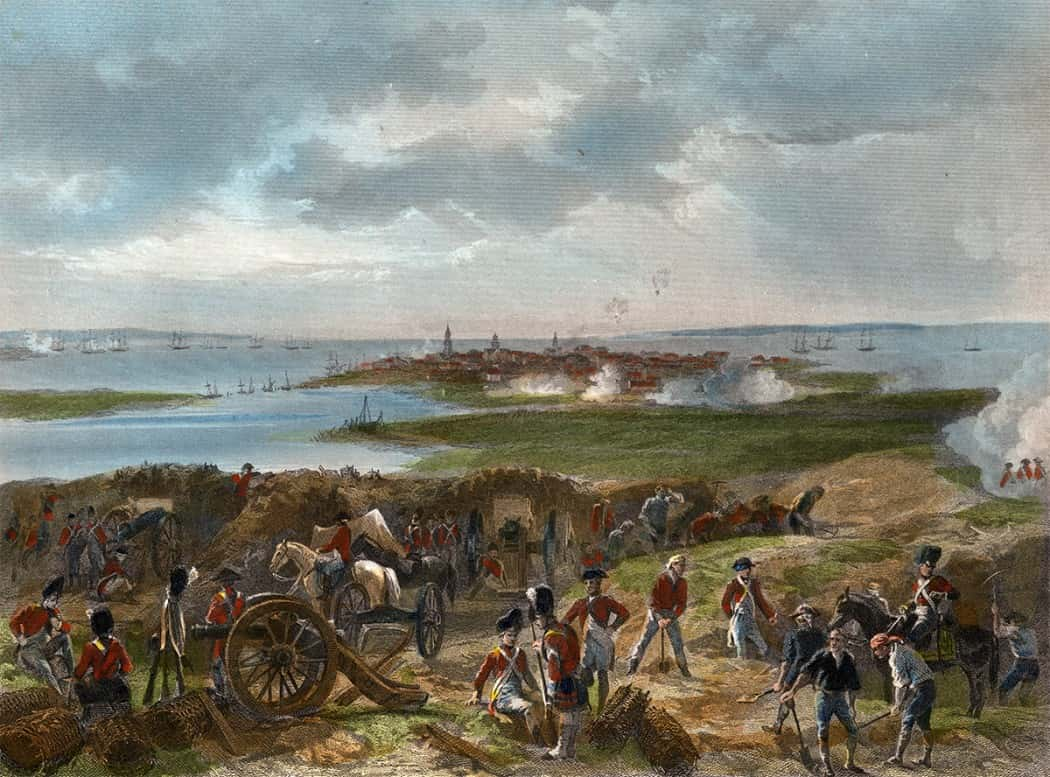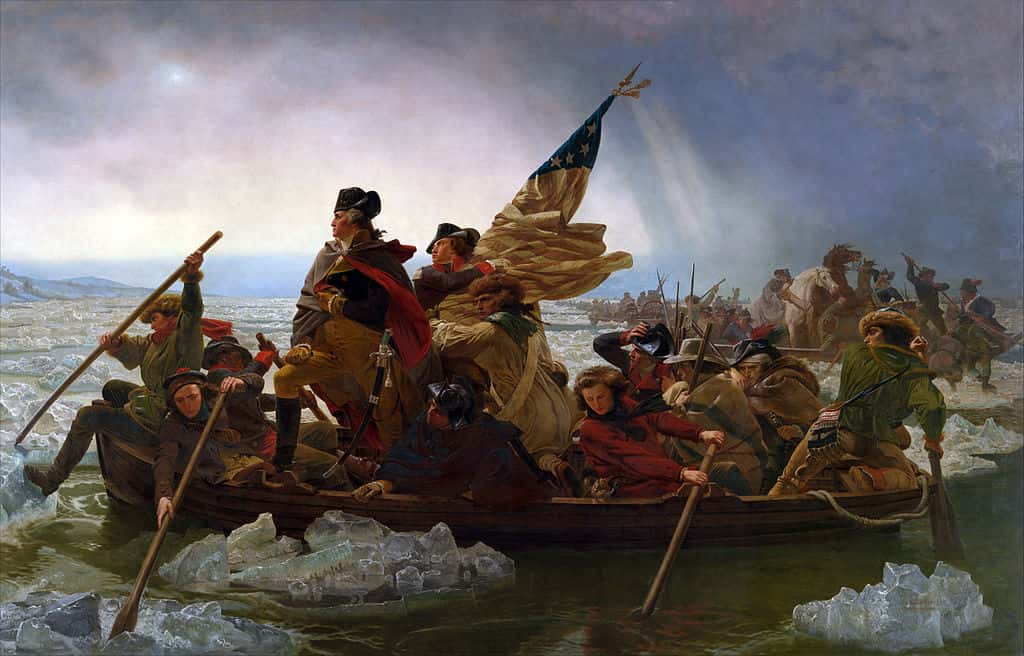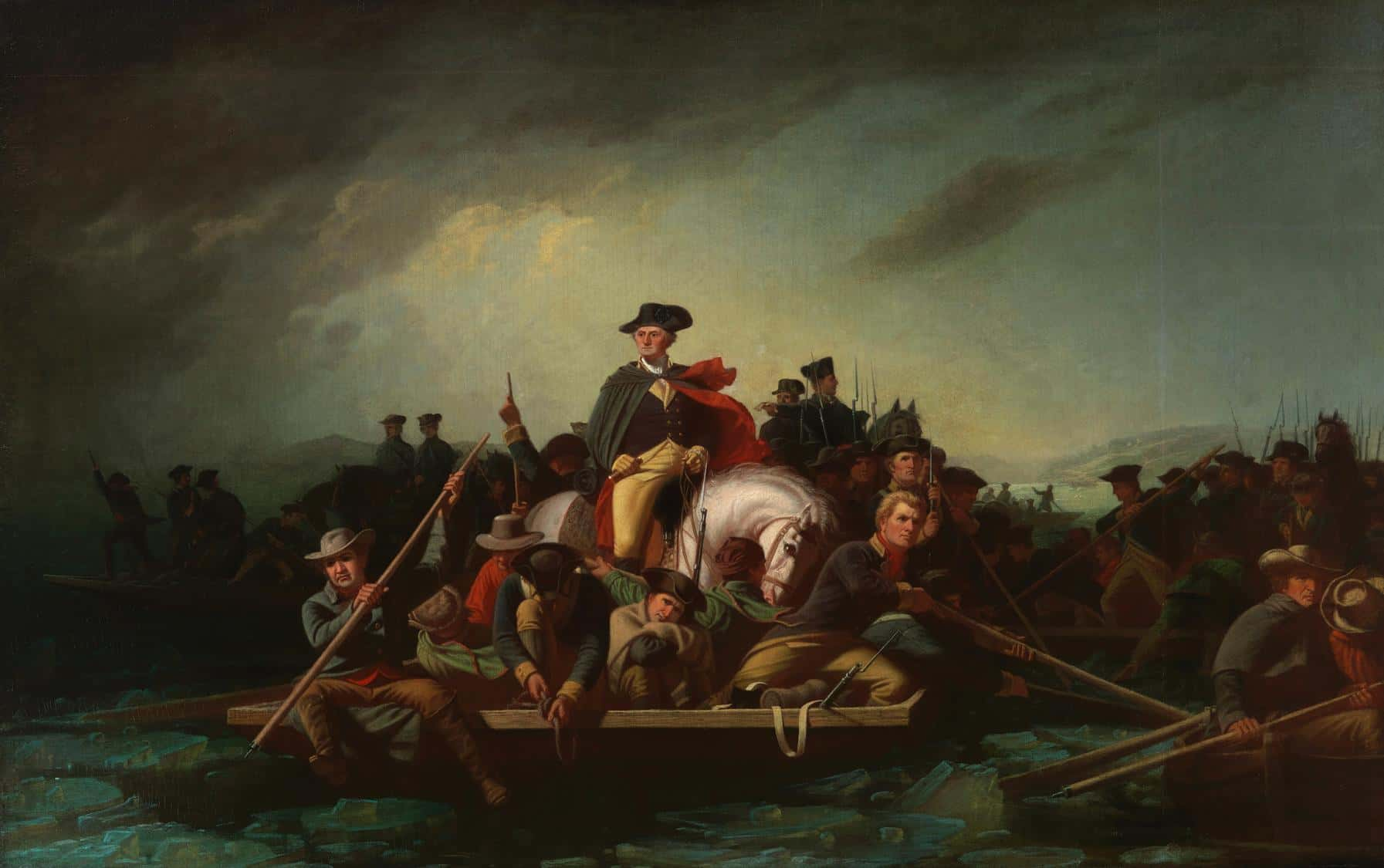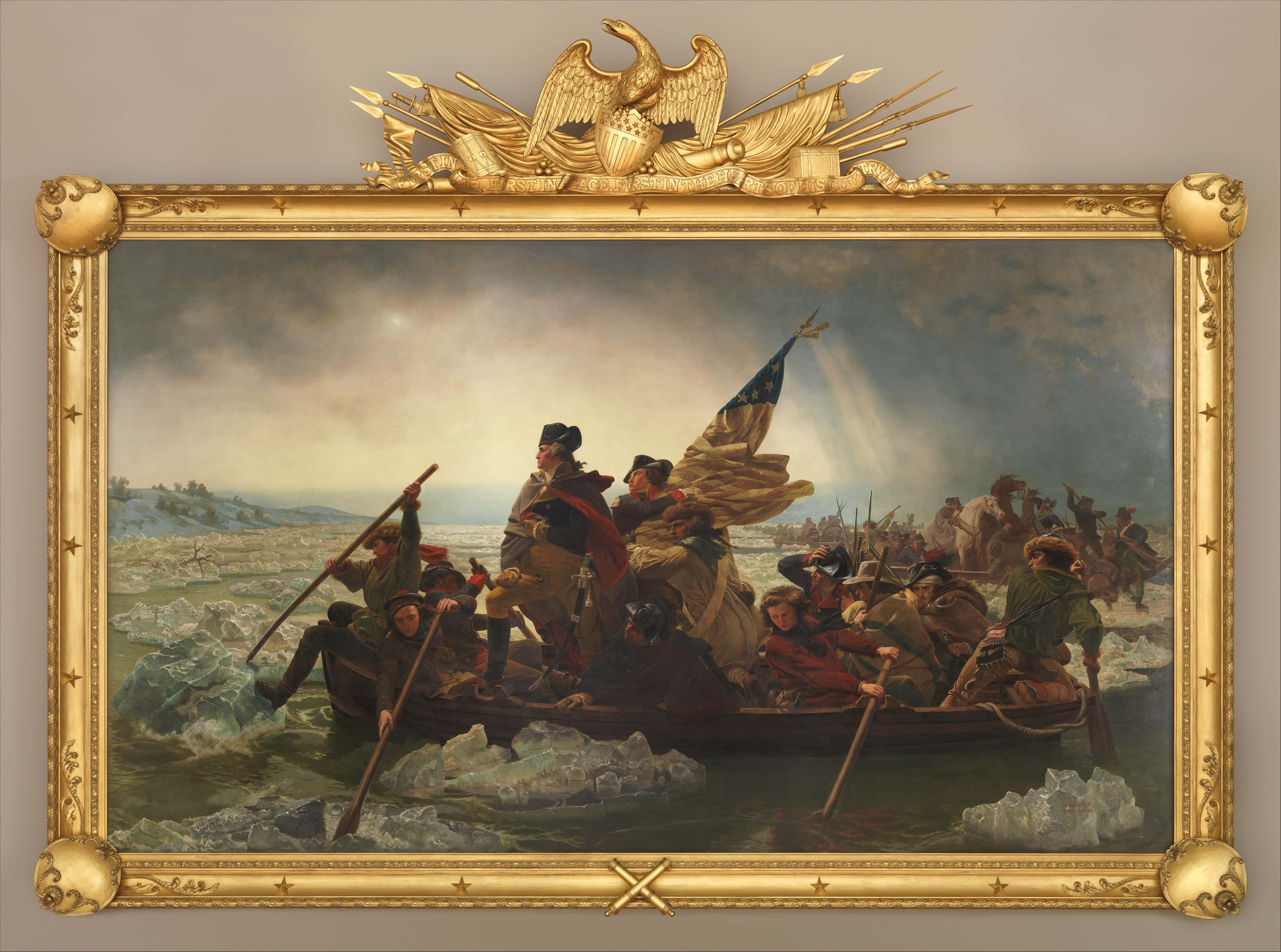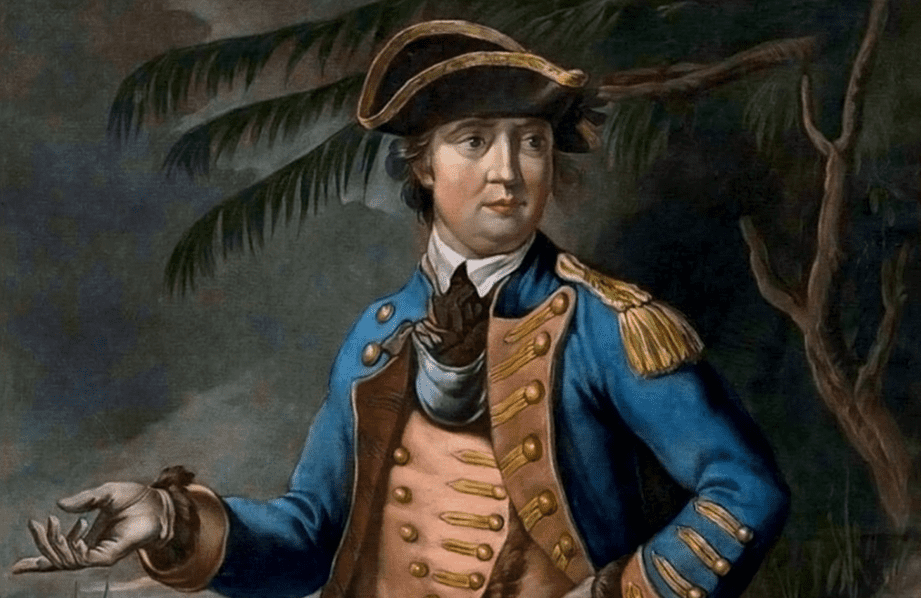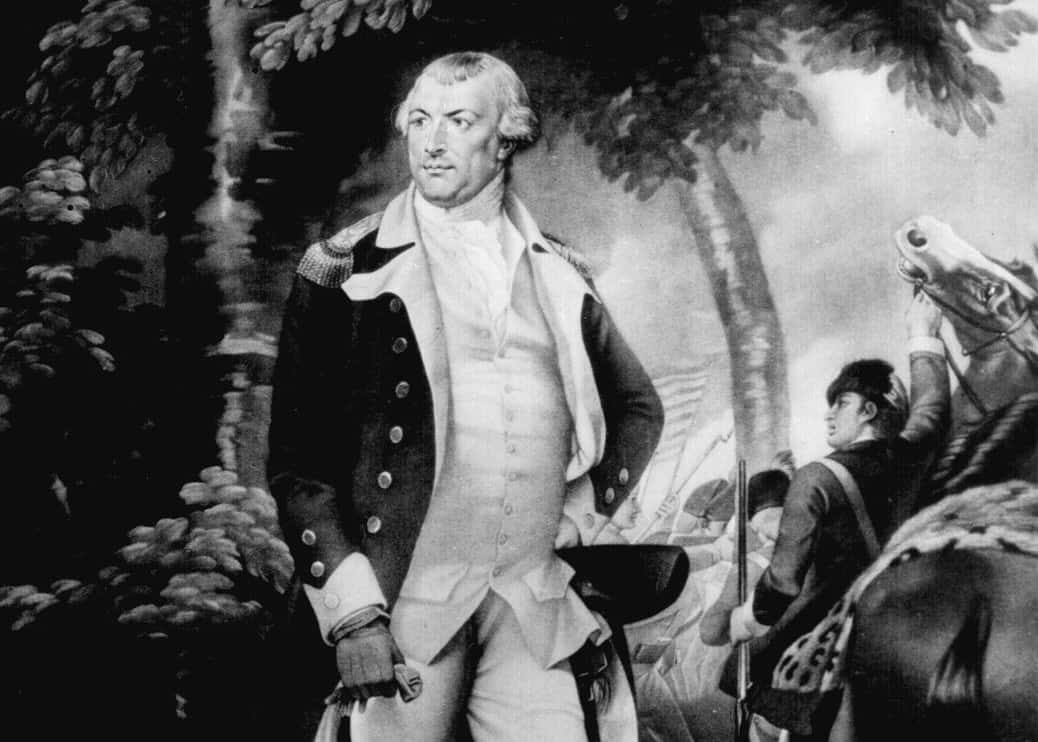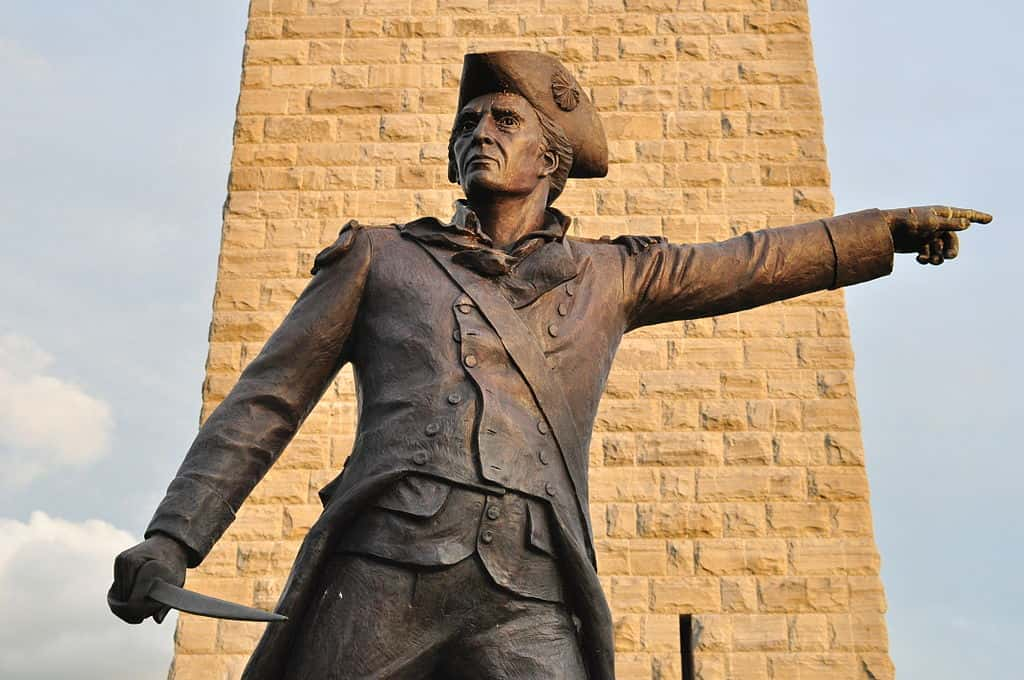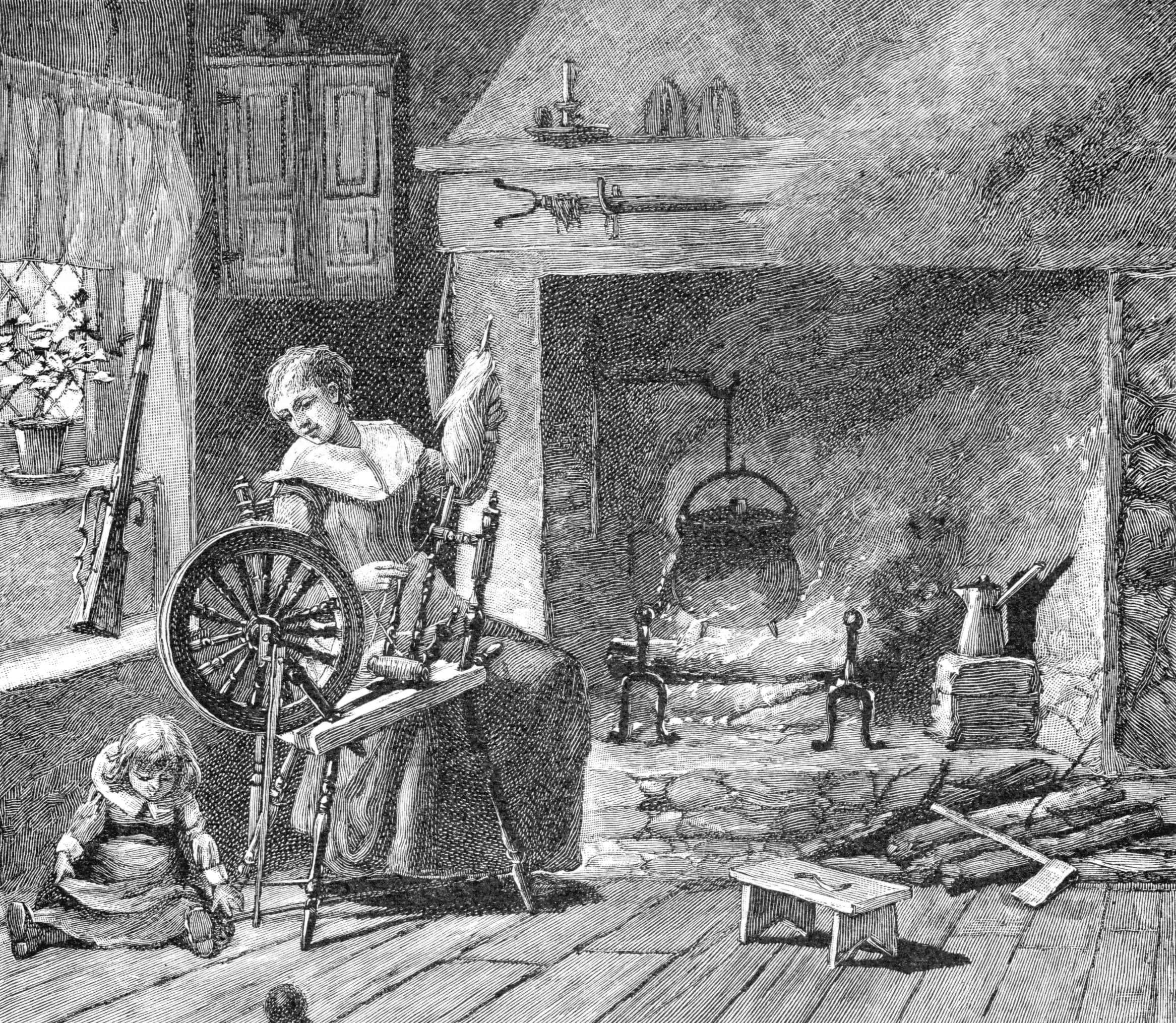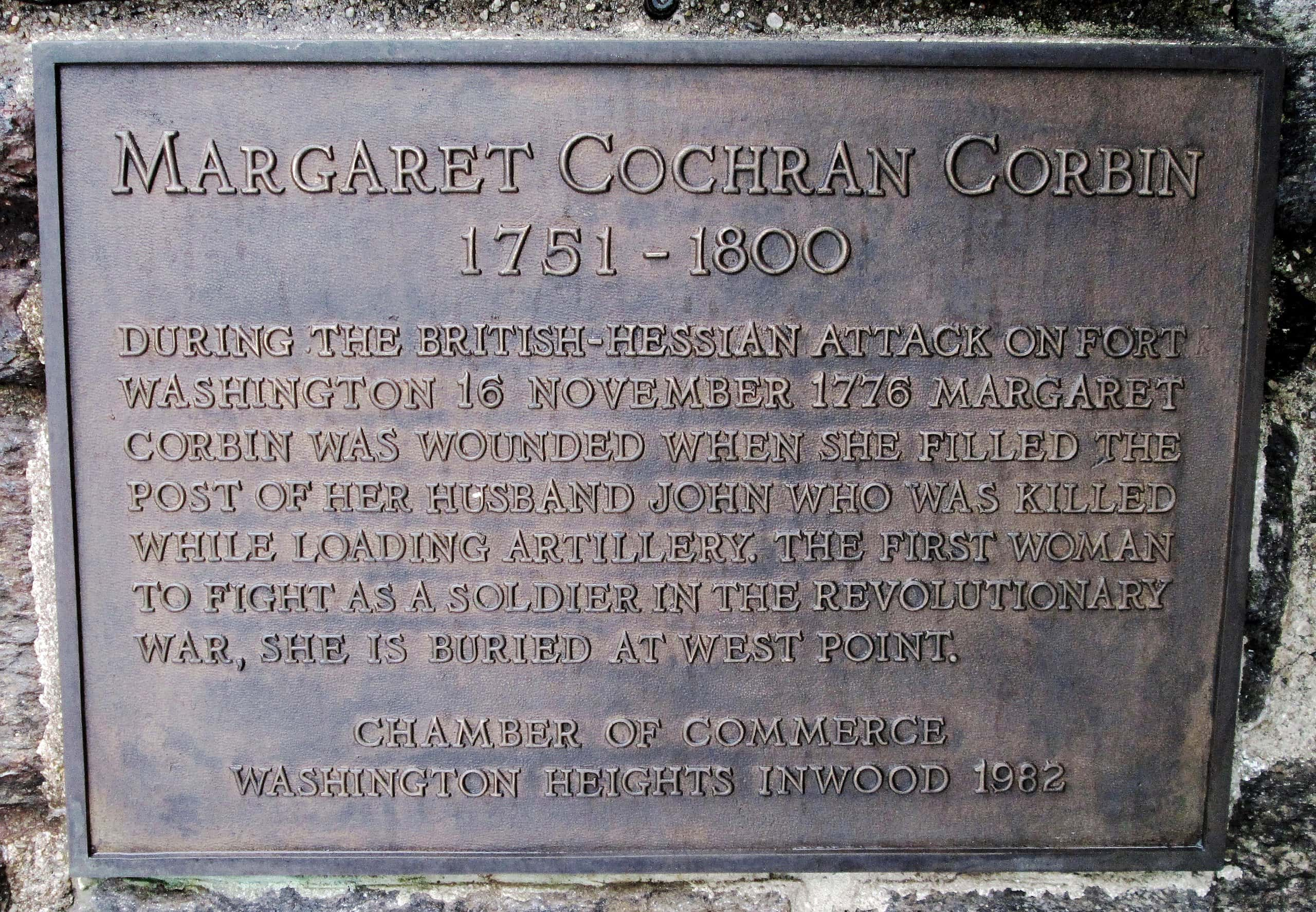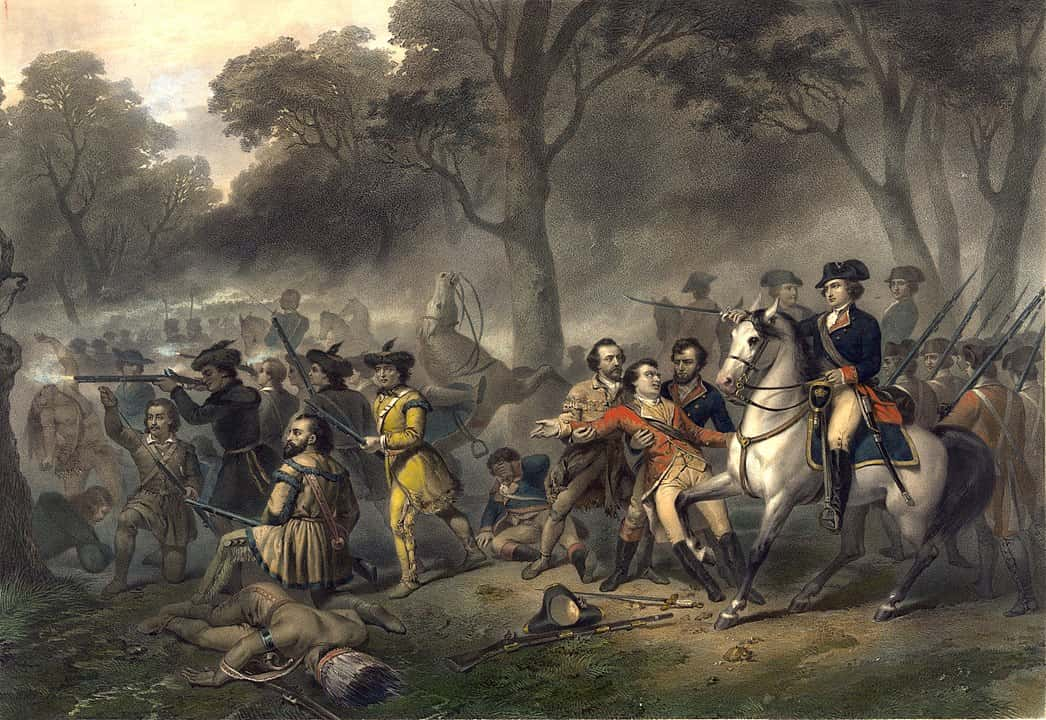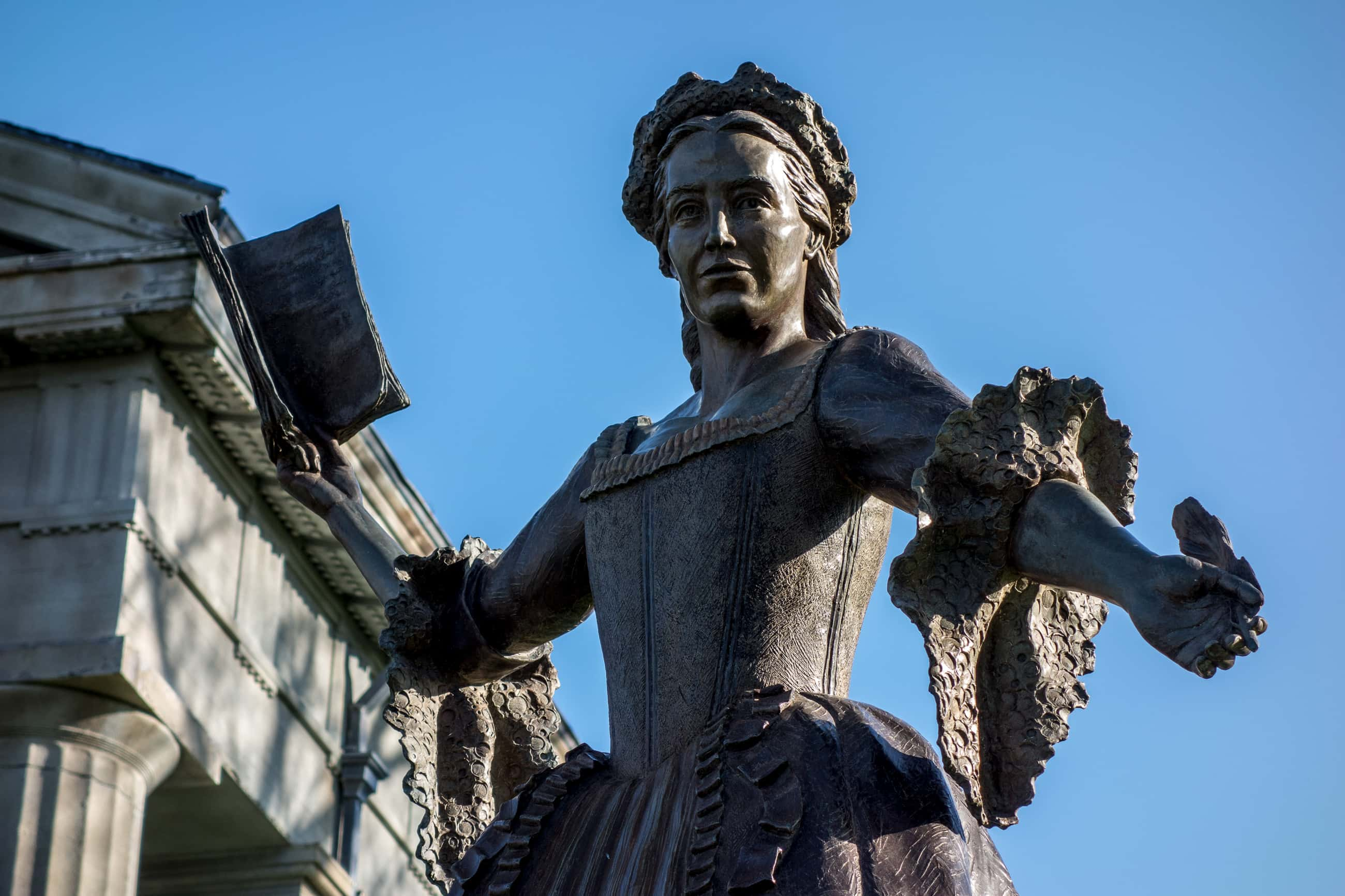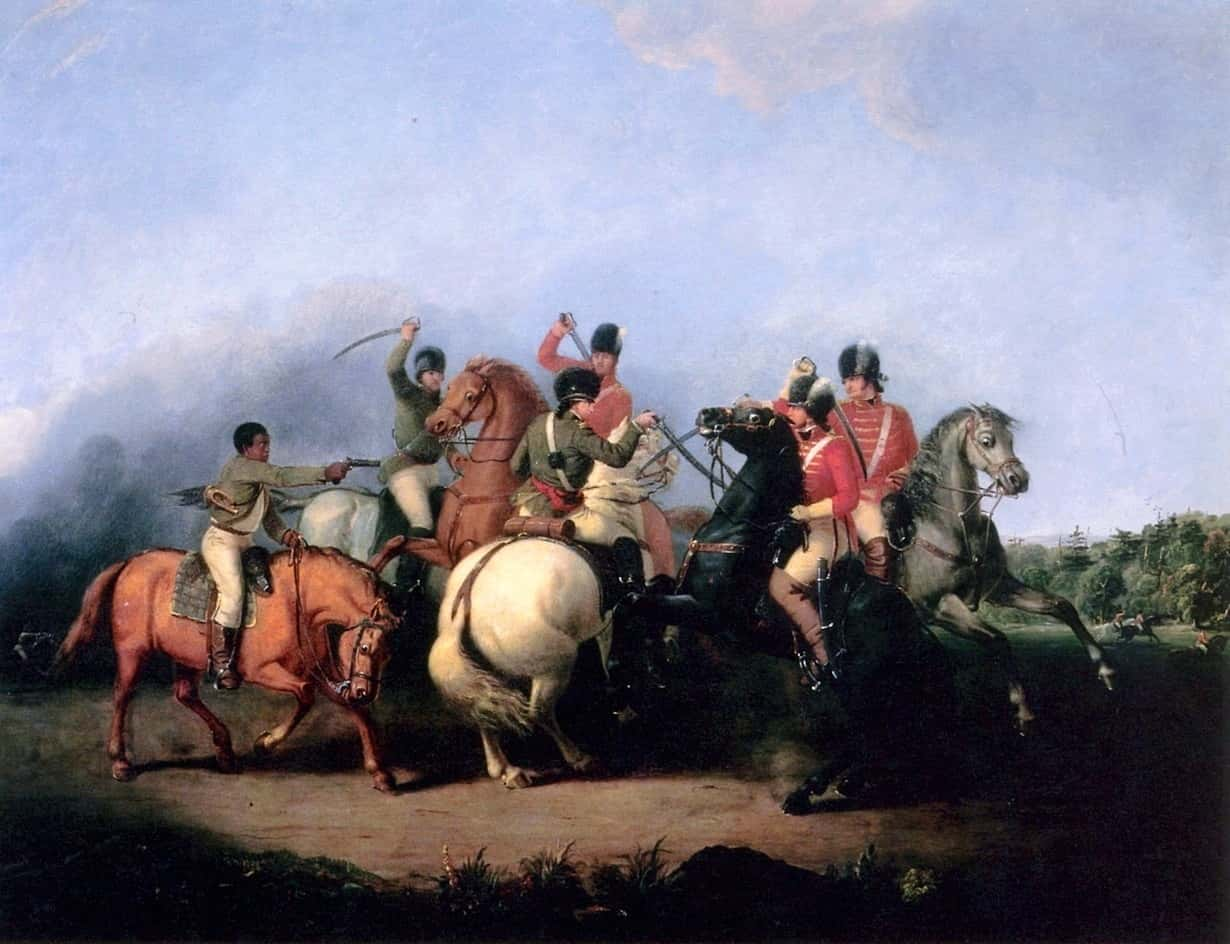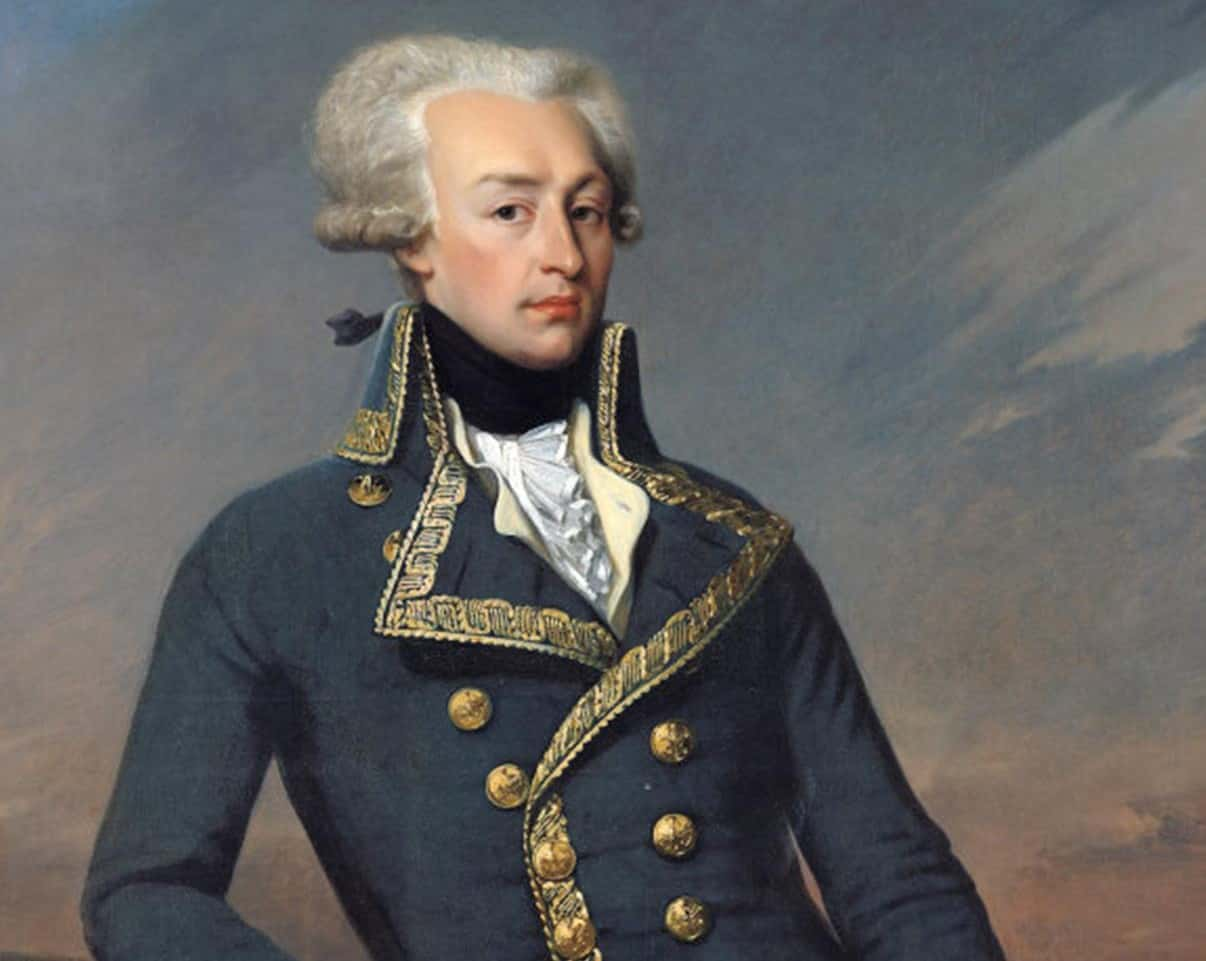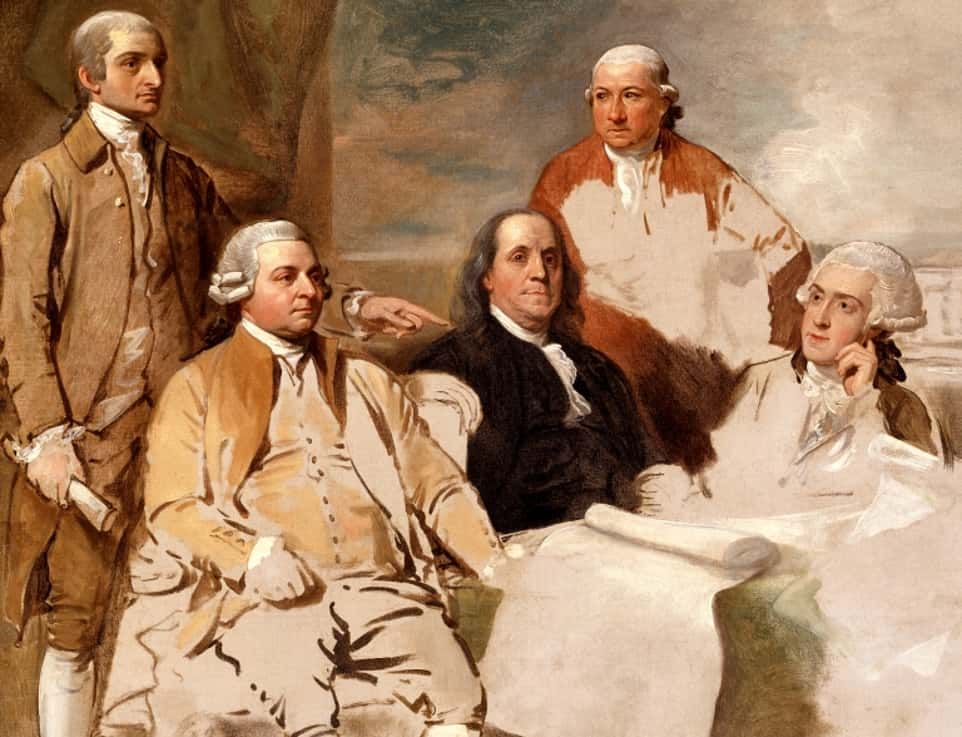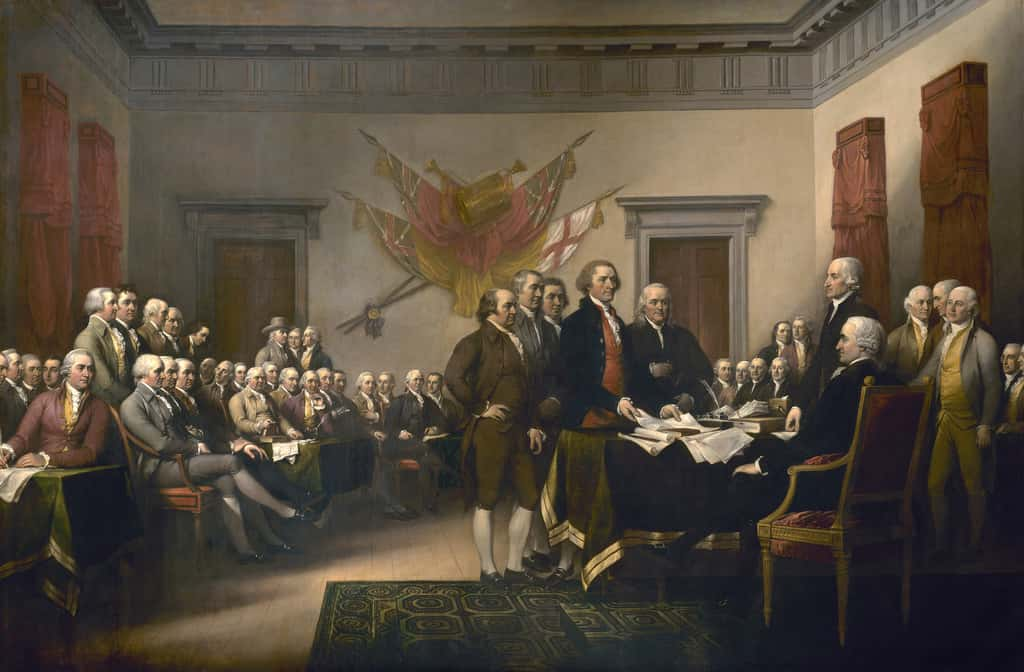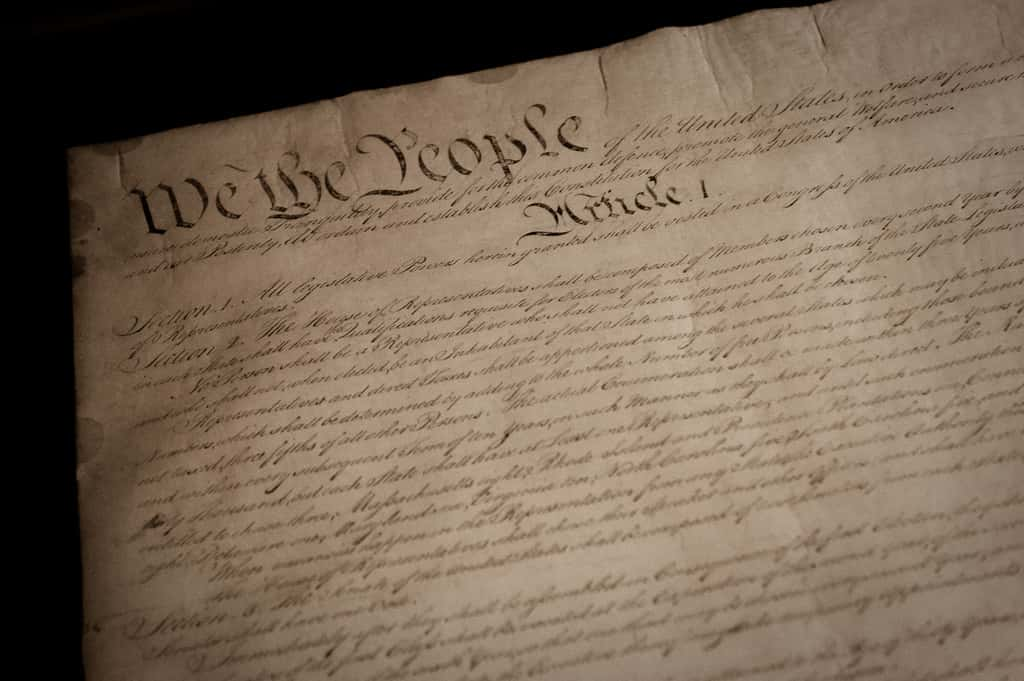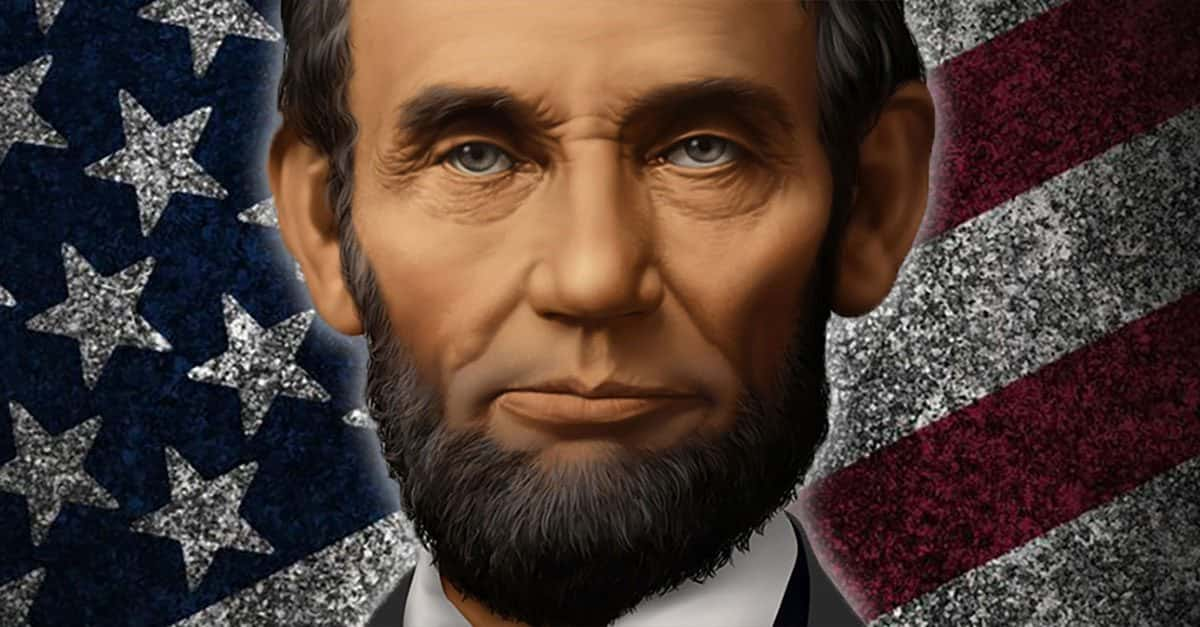“The American Revolution was a beginning, not a consummation.”
- Woodrow Wilson
The American Revolutionary War was a war of independence by North America’s 13 British Colonies against Britain. The war began in 1775, and grew from increasing tensions between the colonies and the government representatives of the British Crown.
With the British surrender at Yorktown Virginia in 1781, the Americans had essentially won their independence, but the fighting didn’t officially end until 1783. So while Americans celebrate July 4th for Congress’s 1776 adoption of the Declaration of Independence, with festivities ranging from fireworks to parades and concerts, it's worth remembering that the document was not the end of the war.
Below are 58 facts that you may not have known about the Revolutionary War.
American Revolution Facts
1. The Mad King
King George III had a debilitating illness that caused abdominal pain, constipation, fever, insomnia, delirium, convulsions, and stupor. He would reportedly rip off his wig and around naked while at the peak of a fever. This affliction began affecting the king as early as 1765, and historians have speculated that it was George’s madness which rendered him unable to quell the discontent in the Thirteen Colonies.
So maybe 4th of July celebrations should include some naked runs around the neighborhood, in honor of the man who inadvertently helped the revolutionary cause? Or, I guess, there should be more naked runs around the neighborhood.
2. The Poisoned King?
A study of King George’s hair, a strand of which had been kept at a museum since shortly after his death, revealed extremely high levels of arsenic—17 times greater than the minimum threshold for arsenic poisoning. This presents a darker alternative explanation of King George's ailment, previously thought to be caused by Porphyria.
Historians convinced of the theory that arsenic poisoning caused the king’s affliction have lamented their portrayal of King George as the insane king who “lost the Thirteen Colonies.” Some recent scholars have painted a much kinder picture of a man who tried to be support his ministers and country, battling mental debilitation in a difficult time.
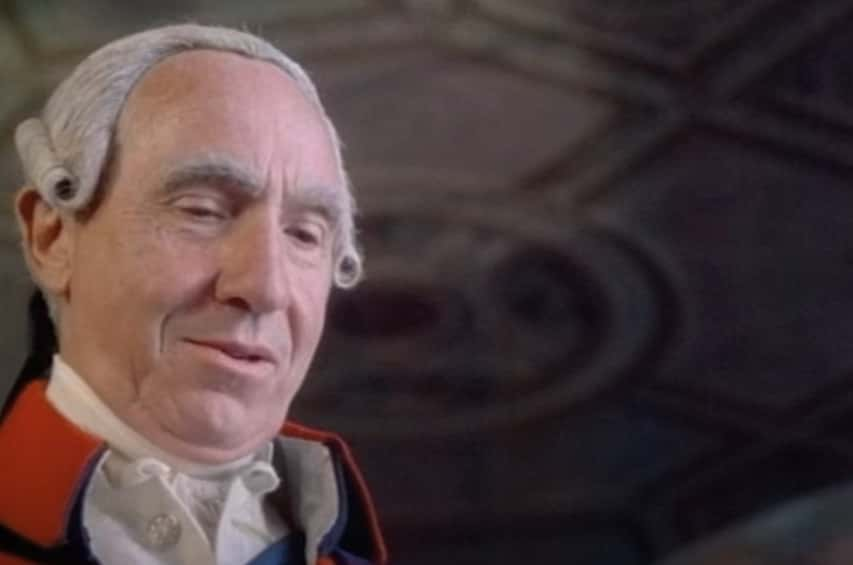 The Madness of King George (1994), The Samuel Goldwyn Company
The Madness of King George (1994), The Samuel Goldwyn Company
3.“No Taxation Without Representation”
The Colonists were frustrated with the British because they were being forced to pay taxes, but had no representation in British Parliament. Colonists used the phrase “No Taxation Without Representation” as a rallying cry.
4. Fine.
The Crown did listen… mostly. They removed all duties of goods, except for the taxes on tea, which remained on the books. For the soon-to-be revolutionaries, this came to seen as a symbol of the Crown’s continued “right to tax.” They argued that, while duties had been removed temporarily in an effort to quell unrest in the colonies, the Crown would simply institute these rates again as soon as everything quieted down. And for the colonists, that simply would not do...
5. The Shot Heard Around the World
The first shot fired in the war was on the morning of April 19, 1775, in Lexington Mass. It became known as “The Shot Heard Around the World”... a phrase borrowed from the opening stanza of Ralph Waldo Emerson’s epic poem, “Concord Hymn.”
8 militiamen died in the skirmishes that day, as well as one British soldier.
6. John Adams Defended the British
John Adams acted as defense attorney for the British soldiers involved in the Boston Massacre. He took on their case because he believed in the importance of justice and a fair trial. Captain Preston and his men were acquitted, and the event was later seen as one of the catalysts for the Revolution.
Could it be that John Adams was playing the long-game, knowing that an unsuccessful prosecution would serve to light the powder-keg that was the revolution?
7. The Little Rebel
In addition to being the maker of America’s first flag, Betsy Ross was an ardent supporter of the Patriot cause. When the British soldiers occupied her house in winter of 1777-78, they nicknamed her “The Little Rebel” for her strong patriotic views.
8. Look for the Whites of Their Eyes
Colonel Officer William Prescott ordered his troops not to fire at the British soldiers until they could see the whites of their eyes. Having the discipline to hold their fire until the enemy was near, was considered a sign that the American army had a chance at winning.
It's easier said than done. When a rival army was approaching, even more highly-trained armies were prone to panic and reckless decision making.
9. The Original Commander in Chief
The Continental Army was a military force representing all of the colonies who were resisting British authority in North America. The day after the Second Continental Congress formally announced the army’s creation, George Washington was named the army’s commander.

Sign up to our newsletter.
History’s most fascinating stories and darkest secrets, delivered to your inbox daily. Making distraction rewarding since 2017.
10. Immortalized in Poetry
On the night of April 18, 1775, Paul Revere, along with two other riders, set out to warn the Colonial Militia of British advancement from Boston. Revere was captured by the British before he could reach Concord, but he was the only one that Henry Longfellow focused on in his famous poem depicting the ride.
11. Triumphant Turning Point
The Battle of Saratoga was a major turning point in the Revolutionary War. It marked the first great American victory, and prompted France to openly enter the war on the American side.
The victory signalled the American's ability to fight with bravery, discipline, and singularity of vision. In the words of one British officer at the time:
"The courage and obstinacy with which the Americans fought were the astonishment of everyone, and we now became fully convinced that they are not that contemptible enemy we had hitherto imagined them, incapable of standing a regular engagement and that they would only fight behind strong and powerful works."
12. Forty-Six Tons of Tea
On December 16, 1773, 340 chests of tea weighing over 92,000lb were smashed open by the Sons of Liberty and dumped into the Boston harbor. The Boston Tea Party was the first major act of defiance by the colonists, and led to the start of the American Revolution in 1775.
The whole thing took about 3 hours.
13. Blame it on the Mohawks
In an effort to hide their identities, many of the Sons of Liberty tried to pass themselves off as Mohawk People, knowing that if caught for their actions they would have faced severe punishment.
That being said, while the individual need to conceal their own identity was imperative, that aim could have been served just as easily by using masks or hoods. That's led some historians to speculate that the use of Mohawk garments was a conscious decision, meant to send a signal of rebellion beyond the act of tossing tea into the harbor. Something along the lines of: we hate you so much, we identify with the natives more than we do with you."
14. Not a Fan
George Washington condemned the Boston Tea Party and believed that the East India Company should be compensated for their loses, which were estimated to be $1 million. Indeed, most colonists condemned the tea party. It was the British government’s response to it—the closing of the Boston Port and the annulment of the colonial government in Massachusetts—that sparked revolution.
15. She Dressed Like a Man
During the Revolutionary War, Deborah Simpson disguised herself as a man and fought in the war. She served in the Continental Army for over a year, under the name Robert Shirtliff (Shirtlift? Was that supposed to be a hint. Eventually she was discovered by a doctor treating her in hospital for a fever, and was honorably discharged in 1783.
16. The Female Paul Revere
Two years after Paul Revere’s famous ride, Sybil Ludington, the 16-year-old daughter of a Colonel, rode 40 miles alone overnight to warn the New York Militia that the British were burning Danbury, Ct.
Her ride was twice as far as Revere’s.
17. British do Broadway
During their occupation of Philadelphia, Boston and New York, the British Military set up theatre companies. The companies were under the command of three generals, but many officers acted in multiple locations.
18. The Plot Against Washington
After a couple of defeats in 1777, Washington’s popularity and reputation were suffering. Benjamin Rush, one of the Founding Fathers, wrote a strong letter to Patrick Henry lobbying for Washington’s removal as Commander in Chief. What he hadn’t realized was that Henry was a loyal friend to Washington, and he immediately alerted him to the plot against him.
19. Here’s Your Dog Back
After the battle of Germantown, American soldiers found a fox terrier on the battlefield with British General Howe’s name on its tag. Washington’s men wanted to keep the dog as retribution for defeat, but Washington instead returned the dog, keeping with the etiquette of the times.
20. The First Ever Submarine Attack
The American submersible craft Turtle was the first time in history that a submarine was used in warfare. The submarine was supposed to attach a timed explosive to the hull of the British ship the HMS Eagle, but pilot Ezra Lee was unable to penetrate the ship’s iron sheathing, and was forced to retreat.
21. Patriots vs. Loyalists
When the American Revolution began in 1775, not all colonists were in favour, and as many as a third wanted to remain loyal to Britain. Those who supported the revolution became known as “Patriots”, and those remaining loyal to the British Crown were “Loyalists”.
22. The Men In Red Coats
The Non-Commissioned British Soldiers who served in the American Revolution were often called “red coats” because of the brightly coloured red coats they wore. Contrary to popular myth, red was chosen for the power and wealth that the colour conveyed, and not to conceal blood stains.
It's an interesting representation of the priorities that armies considered at the time. In this case, clearly conveying that your army was large and well-funded, was thought to be more important than, say, being difficult to pick out against the background, and hard to hit with the bullet. Red is, after all, one of the colors that the human eye is most adept at spotting from a distant, and has the easiest time focusing on. For an enemy sharpshooter, wearing red is like an invitation to be a bullet in the chest.
23. A Sticky Punishment
As a punishment for objecting to the American Revolution, the Daughters of Liberty group feathered Loyalists in molasses and flower petals.
24. Desertion Was a Problem
A lack of rations and pay, along with poor living conditions led to a high desertion rate in Washington’s army. In late 1776, as many as half of Washington’s troops had fled. To quell the problem, Washington promised the men formal discharges and a $10.00 bonus to reenlist, but only half took him up on the offer.
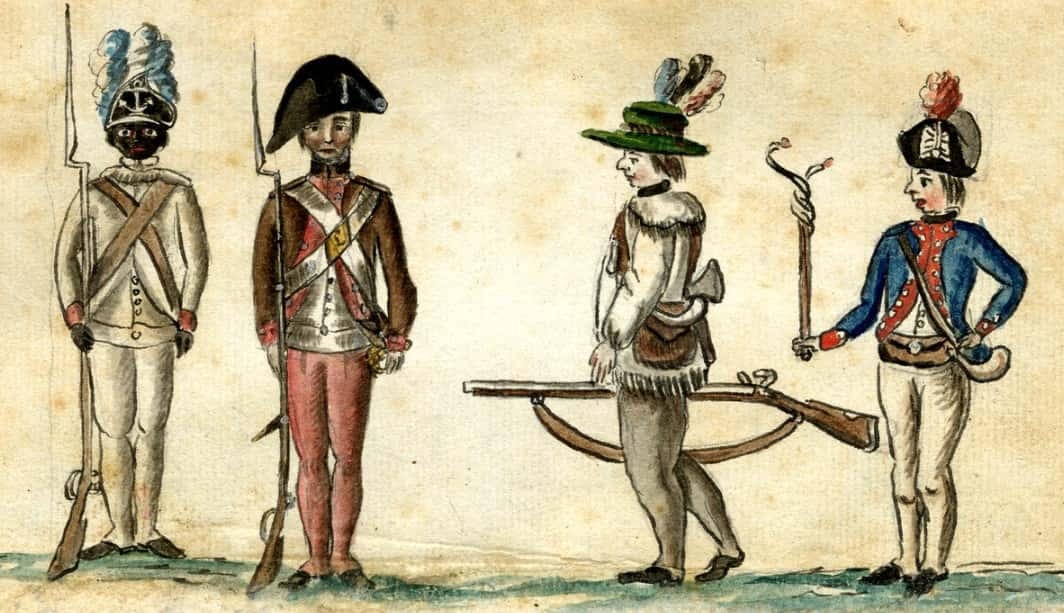 Wikipedia
Wikipedia
25. Mutiny in Pennsylvania
On January 1, 1781, 1500 soldiers from Pennsylvania line mutinied when they discovered that their enlistments were not for 3 years as they’d believed, but for the duration of the war. Frustrated and angry about their lack of pay and poor conditions, they marched to Philadelphia and brought their issues to Congress.
26. The Jewish Patriot Who Funded a Revolution
Haym Solomon was a Jewish broker who was responsible for funding the Continental army and keeping the revolution going. A 10-cent commemorative stamp was issued in his honor in 1975 with the words “financial hero” printed on the back of the stamp.
27. 1/3 Died in Battle
Of the 25,000 American troops who died during the American Revolution, only about 1/3 of them died in battle. The rest died from sickness and other non-battle related causes.
28. With a Little (Or a Lot) Help from the French
The French saw the American Revolution as an opportunity to take advantage of British difficulties. Less than a year after the fighting started, they sent arms and ammunition to the Americans, as well as large sums of cash.
29. The Spanish Throw Their Hats in the Ring
Once the French had formally entered the war, the Spanish entered the war as allies to the French. The Spanish and French fleets combined outnumbered the Royal Navy.
30. And the Dutch Join In
The Dutch entered the war on the side of the Americans at the end of 1780, turning the war into a true international conflict. On their own they weren’t much of a threat, but they extended the geographical range of the war and supplied weapons to the American forces.
31. Germans for Hire
King George III didn’t have enough soldiers in his own army for the fight in America, so he purchased 30,000 German soldiers to assist. The soldiers were known as Hessians because the majority of them came from Hesse-Cassel.
32. No Compensation for Hessians
The German Prince was well-compensated by the British King for the Hessians, but most of them were paid nothing except their daily bread for their services.
33. Slaves Fight for Their Freedom
African American slaves wanted to fight for their freedom. The British Governor Lord Dunmore jumped on the idea and printed a proclamation promising that slaves who fought with the British would be freed when the war was over.
34. The Book of Negroes
When the war was over, Lord Dunmore followed through on his promise and relocated those who had signed their names to the ledger to Jamaica, Nova Scotia and Britain. The ledger is now referred to as “The Book of Negroes”.
35.. The First Black Regiment
The known as the “black regiment” because 140 of the 225 men were black. The Rhode Island Assembly who issued the decree allowing them to enlist also stipulated that they immediately be made free men. At first they were kept in separate companies, but slowly became integrated with the rest of the regiment.
36. The Battle of Brooklyn
Washington’s forces suffered a major defeat at the Battle of Brooklyn in summer of 1776. The British occupied New York City and chased the remnants of the Colonist army to the Delaware River. Just after Christmas, Washington counter-attacked, raising spirits and ensuring the continuation of the war.
37. The French Navy Defeated the British
At Yorktown, Virginia in autumn of 1781, French and American troops trapped General Cornwallis’ army, and the French Navy cut them off from relief. The British surrender effectively ended the war in America.
38. The Wider War Continued
While the Battle of Yorktown ended the war in America, the wider war continued. The British went on to defeat the French and the Spanish in the West Indies, which served to strengthen their hand in peace negotiations.
39. The Original American Anthem
When the Americans marched to war, Patriots sang a piece of music called “Chester.” It was written by American Composer William Billings--a friend of Paul Revere and Samuel Adams. The tune and lyrics were much more somber than The Star-Spangled Banner, but it was one of his most popular hymns, and was regarded as America’s first National Anthem.
40. Yankee Doodle Dandy
The song Yankee Doodle Dandy was originally sung by the British to mock Yankee “doodles” or simpletons. The Rebels quickly claimed the song as their own, and created dozens of verses to mock the British, praise the Continental army, and to hail George Washington. Being called a Yankee Doodle became a point of pride, and Patriots sang it to taunt the British.
41. Christmas Day Crossing
Washington’s bold crossing of the Delaware River on Christmas Day, 1776 marked another key turning point in the war. During the original crossing, 2400 soldiers, 200 horses and 18 cannons were ferried across the river. 30 Hessians were killed in the subsequent battle, and 2 Continental soldiers froze to death on the march but not in battle.
42. American Scene Painted in Germany
Most Americans are familiar with the iconic painting “Washington Crossing the Delaware”, but what they don’t know is that it was actually painted in Germany by a German artist 75 years after the Battle of Trenton. The artist hoped the scene would inspire liberal reformers during the European Revolutions of 1848.
43. Inspiring but Not Entirely Accurate
The Washington Crossing painting contained a few historical inaccuracies. The depicted flag wasn’t created until about a year after the battle, a different kind of boat was used to cross the river, and Washington appears much older than he was during the battle. Washington also wouldn’t have been standing up in the boat as that would have caused it to capsize. Despite these details, the painting invokes a deep sense of national pride.
44. Benedict Arnold- Hero?
Before he started working for the British, Benedict Arnold was actually a hero of the Revolutionary war. He played a crucial role in the surrender of the British army at Saratoga, but he never got the recognition he believed he deserved. In 1779, he entered into secret negotiations with the British, agreeing to turn over the U.S. post at West Point in exchange for money and a command in the British Army.
45. A Bookseller Was Responsible for a Victory
24-year-old Henry Knox lacked formal military education, but he gained military knowledge from the shelves of his London Book Shop. He quickly impressed George Washington, and was responsible for the Patriots’ first victory when they forced the British out of Boston.
Later, after the Revolutionary War ended, he would join Washington's cabinet as Minister for War. He'd also go on to build an incredibly lucrative business venture built on lending money and land speculation.
46. The Youngest Brigadier General in the Continental Army
Nathaniel Greene was born a Quaker, was raised a pacifist, was asthmatic and had a pronounced limp. He taught himself to be a soldier by reading books about military tactics, and was appointed the youngest brigadier general in the Continental Army in 1775, and was promoted to major general the following year.
47. John Stark Saves the Day
When farmer and sawmill operator John Stark received word of the shots fired at Lexington and Concord in April 1775, he recruited 400 men and marched to Boston. He led his regiment into the Battle of Bunker Hill, and prevented the British from getting around the American line. Had the British gotten in, the Americans would have been forced into disorderly retreat, so Stark saved the day at Bunker Hill.
48. Women Were Spies
It turned out that women made great spies during the American Revolution. They were able to overhear important information, count soldiers, and observe troop movements while pretending to be maids, selling goods, or delivering food. Many of these women’s names are lost due to never being documented or never being found out.
49. The First Woman to Receive a Pension for Military Service
On November 16, 1776, Margaret Corbin and her husband John Corbin were defending Fort Washington from attacking Hessian troops when her husband was killed. She immediately took over firing the cannon they were crewing, and continued to do so until she was seriously injured. Three years later, she became the first woman to receive a pension from Congress.
50. Nearly No Washington
George Washington was inches from not serving in the Revolutionary War. In 1755, during a vicious battle (the Braddock disaster) between Native American and British troops, Washington was almost shot and killed. Four muskets pierced his coat, none of which hit his actual body.
51. The Conscience of the American Revolution
Mercy Otis Watson was known as the “Conscience of the American Revolution”. She was an influential and prolific writer, and the first woman playwright. She sympathized with the call for revolution, and composed political poetry expressing her views.
One of her most famous works is "The Squabble of the Sea Nymphs", a satirical take on the early encounters between Patriots and Loyalists which served to glamorize and romanticize the Sons of Liberty and their rebellion against the crown. It was an important piece of literature in that it signalled there was a contingent of wealthy, educated, and respectable people who were pro-revolution. And as any would-be revolutionary knows, whether you like it or not, it's helpful to have the people with money on your side.
52. Heroine of the Battle of Cowpens
Catherine Moore Barry was an American spy and a messenger who played an instrumental role in warning the militia of invading British forces before the Battle of Cowpens. Legend has it that she tied her baby to her bed post before riding out to issue her warning.
53. Master of Intelligence
George Washington, though known for his honesty, was actually a master at military deception. He and General Lafayette drafted a proclamation that gave the impression that the French army was going to attack Canada. Ironically, it was delivered to Benedict Arnold, who unwittingly served Washington’s purpose, which was to get the fake information into the hands of the British.
54. Acknowledging Independence
Towards the end of 1782, British and American negotiators in Paris signed preliminary peace terms. On September 3, 1783 Britain formally recognized U.S. independence with the Treaty of Paris.
That treaty went along with other, separate treaties between England and countries which supported the American cause, including France, Spain, and the Dutch Republic. Collectively, the many simultaneous articles of peace are known as the Peace of Paris.
And while the treaties were celebrated by the hard-fighting Patriots, in England the common people were absolutely outraged. The terms were perceived as onerous, and tantamount to abandoning those soldiers and every day people who had fought so hard for the British colonies.
55. The Committee of Five
In 1776, Benjamin Franklin and Thomas Jefferson were among those appointed by the Continental Congress to a 5-man committee in charge of drafting their declaration of independence from Britain. Jefferson wrote the first draft, which was submitted to Congress on July 2nd. On July 4th, they approved the wording of the document, and sent it to print.
56. Putting their “John Hancock” on it.
John Hancock was the first and only person to place their signature on the Declaration on July 4th. No other delegates signed the finished document until Aug 2nd of that year. Matthew Thornton was the final person to sign on November 4, 1776.
57. No “Independence” in the declaration!
The phrase “declaration of independence” was never actually used in the original document. It was originally titled THE UNANIMOUS DECLARATION OF THE THIRTEEN UNITED STATES OF AMERICA.




